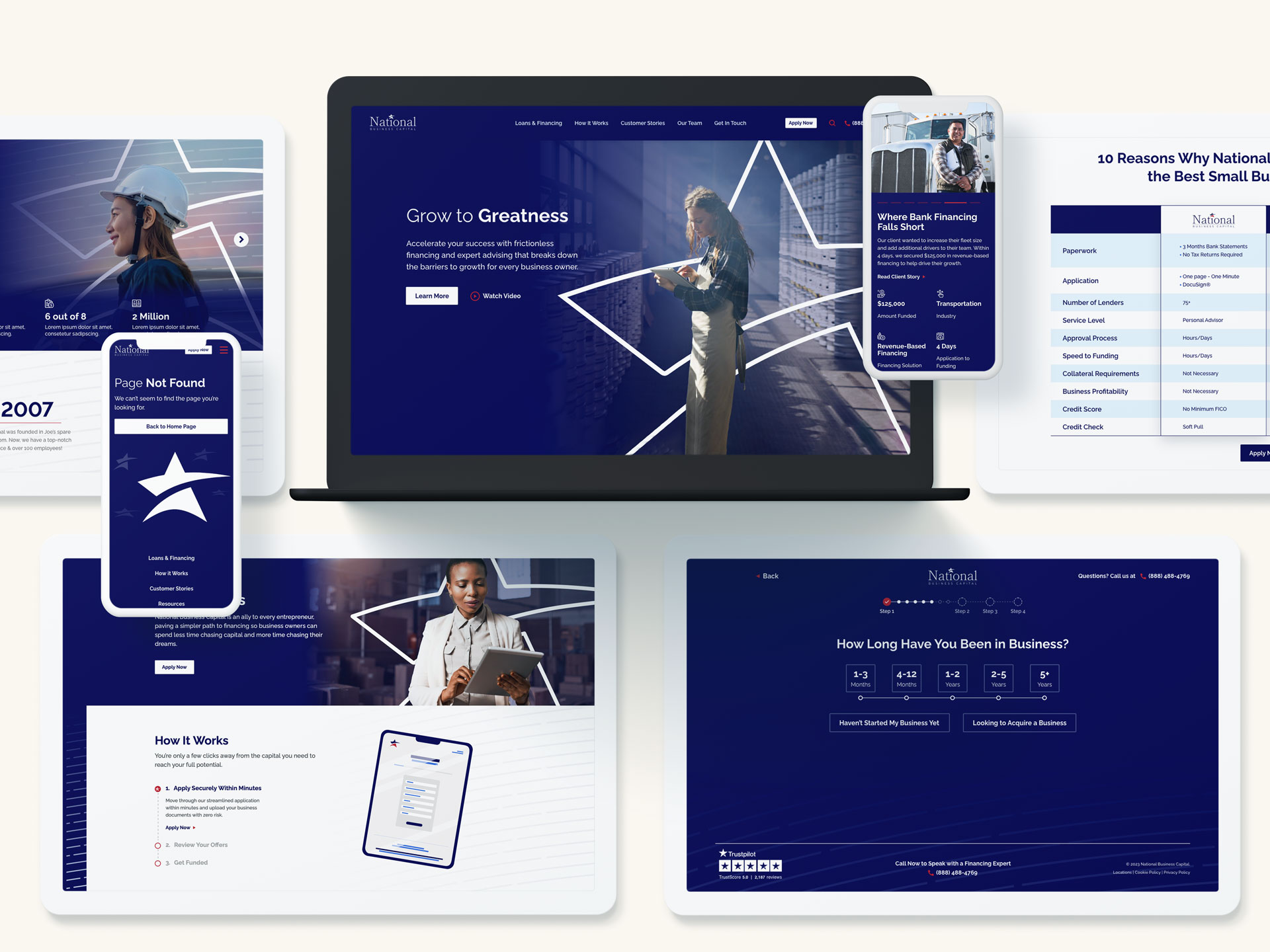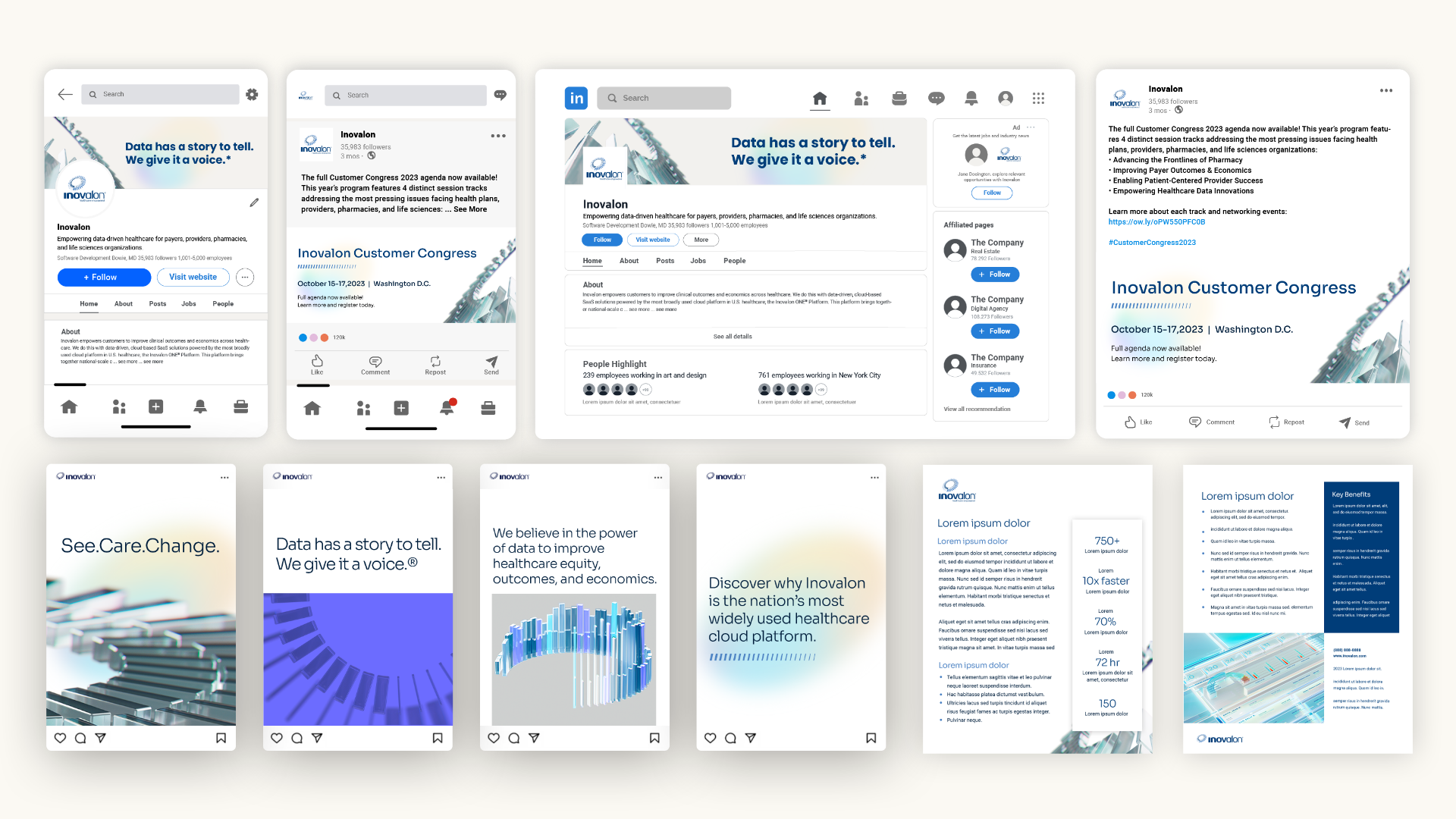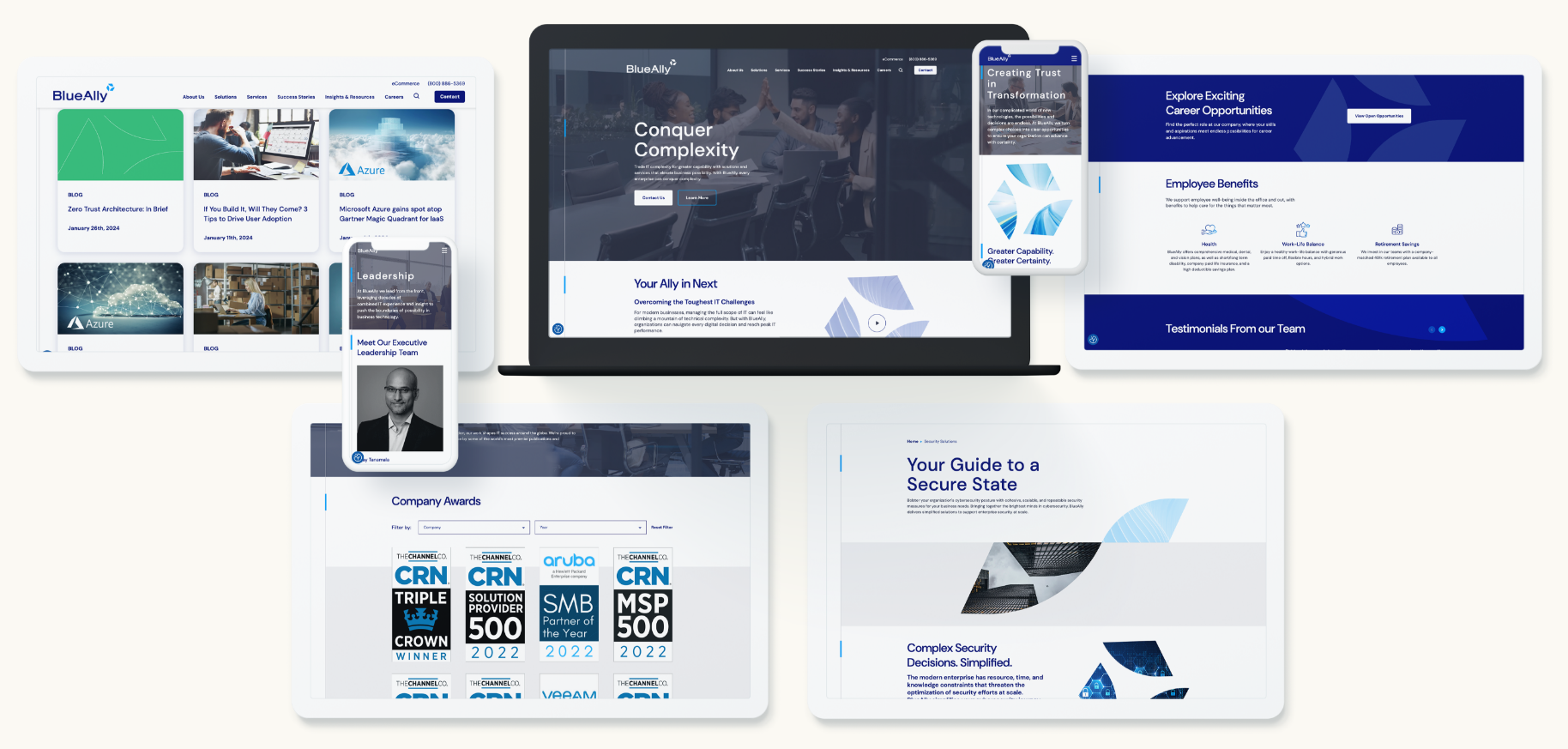Breaking into the government and defense sectors requires more than just a competitive offering—it demands credibility and trust. These sectors prioritize partnerships with organizations that demonstrate expertise, reliability, and a deep understanding of their unique challenges.
Thought leadership has emerged as a critical strategy for building that trust. By sharing insights and expertise, businesses can position themselves as indispensable advisors to government and defense buyers. This blog explores how to craft and leverage thought leadership content to unlock new opportunities in these high-stakes markets.
Understanding the Value of Thought Leadership in B2G
In the business-to-government (B2G) space, buyers operate within strict constraints, such as budget limitations, regulatory requirements, and security concerns. Decision-makers are often risk-averse, seeking partners with proven expertise and a clear understanding of their sector’s complexities.
Thought leadership plays a pivotal role by:
- Demonstrating Expertise: Whitepapers, research reports, and industry analyses show your organization’s in-depth knowledge of government and defense priorities.
- Building Trust: Consistently delivering value through content reinforces your credibility over time.
- Influencing Perception: A strong thought leadership presence elevates your brand from a vendor to a trusted advisor, increasing your influence in purchasing decisions.
By strategically sharing your knowledge, you can address buyer concerns and build long-lasting relationships in these sectors.
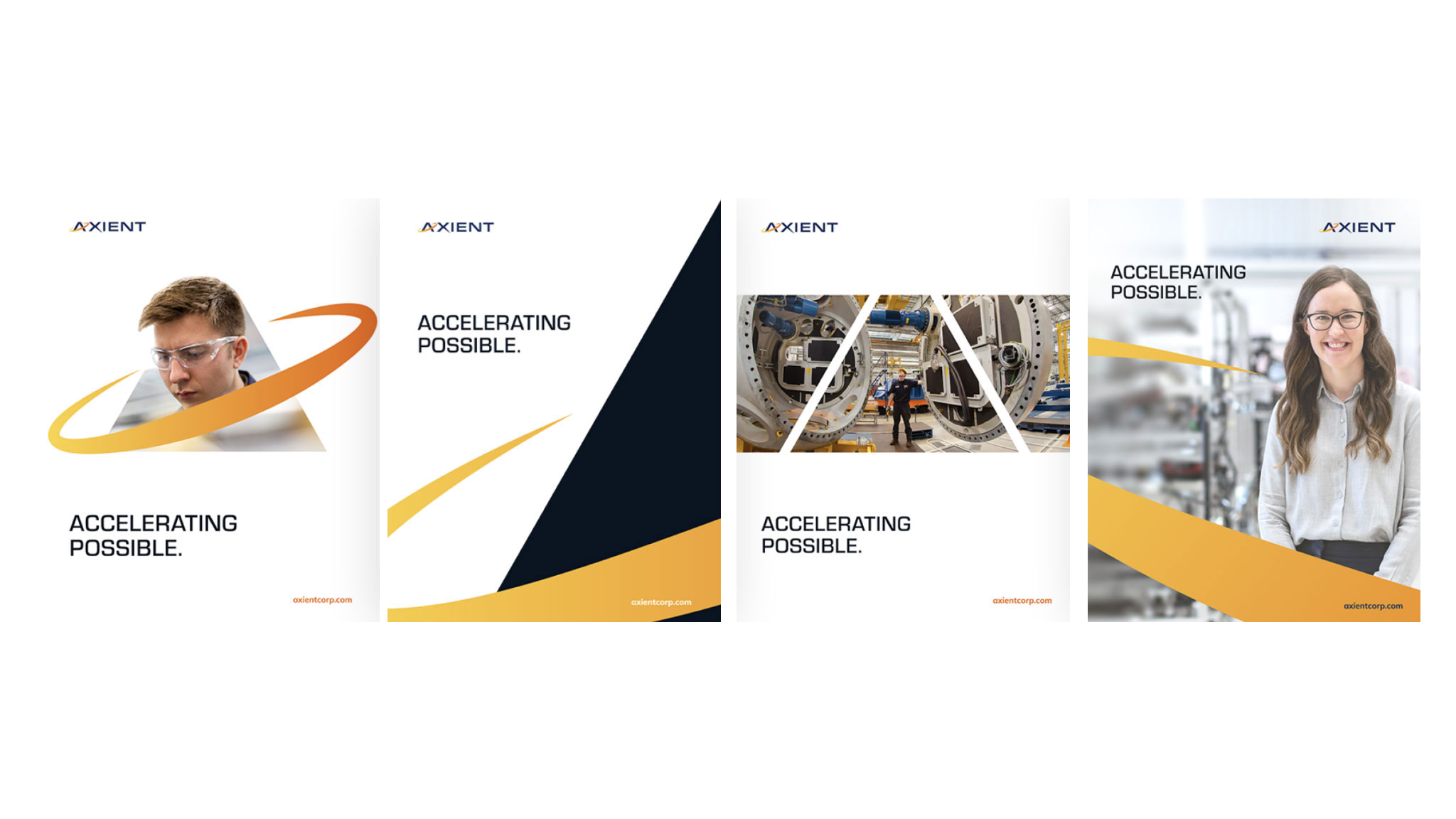
Crafting Thought Leadership Content for Government and Defense
Creating impactful thought leadership starts with understanding your audience. Government and defense stakeholders are looking for insights that help them solve specific problems or achieve strategic goals. Here’s how to tailor your content:
- Focus on Policy and Industry Trends: Share insights on evolving regulations, defense strategies, or emerging technologies that directly affect your audience.
- Address Pain Points: Create content that tackles issues like procurement challenges, supply chain security, or cost containment in defense projects.
- Leverage Data and Research: Invest in original research or surveys to provide unique insights that stand out from competitors.
Formats like whitepapers, webinars, and executive briefings allow you to dive deep into these topics while positioning your brand as a leading authority.
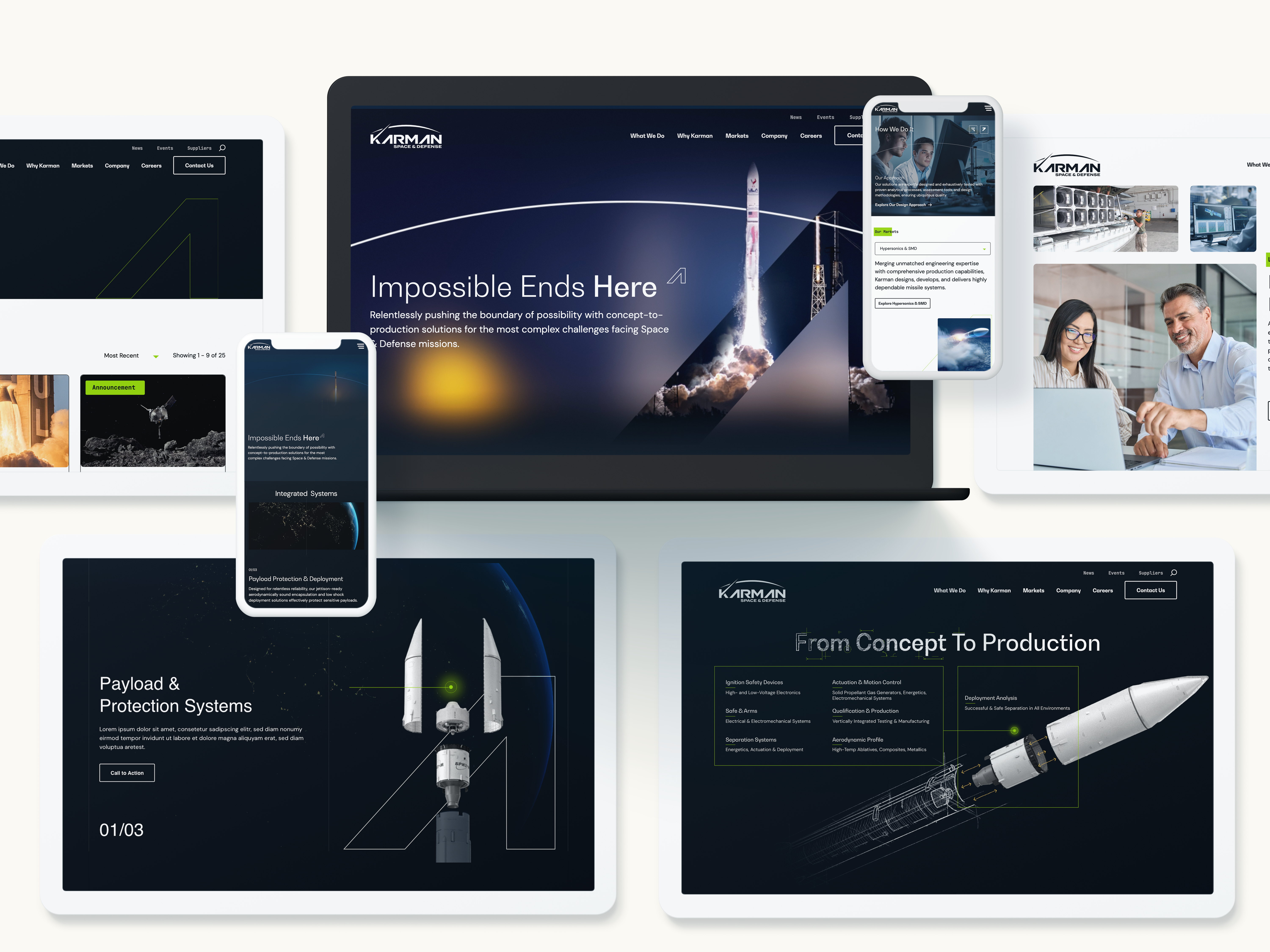
Strategies to Amplify Your Thought Leadership
Creating great content is only half the battle. To ensure it reaches your target audience, you need a robust distribution strategy:
- Engage on Government-Specific Platforms: Post thought leadership articles and updates on platforms like LinkedIn, GovExec, or GovConWire to directly connect with decision-makers.
- Host Exclusive Events: Organize roundtables, panels, or virtual discussions featuring your experts and other thought leaders in the industry.
- Collaborate with Influencers: Partner with recognized figures in the government and defense sectors to co-author content or host joint webinars.
A well-executed amplification strategy ensures your insights resonate across the right channels and audiences.
The Role of Thought Leadership in Long-Term Growth
Thought leadership isn’t just a short-term strategy—it’s a long-term investment in your brand’s reputation and visibility. Over time, consistent thought leadership:
- Builds Brand Loyalty: Decision-makers are more likely to turn to familiar, trusted names when they need solutions.
- Opens Doors to New Opportunities: A strong reputation attracts attention from stakeholders and partners beyond your current network.
- Drives Differentiation: In a crowded market, thought leadership helps your brand stand out as an innovative and reliable partner.
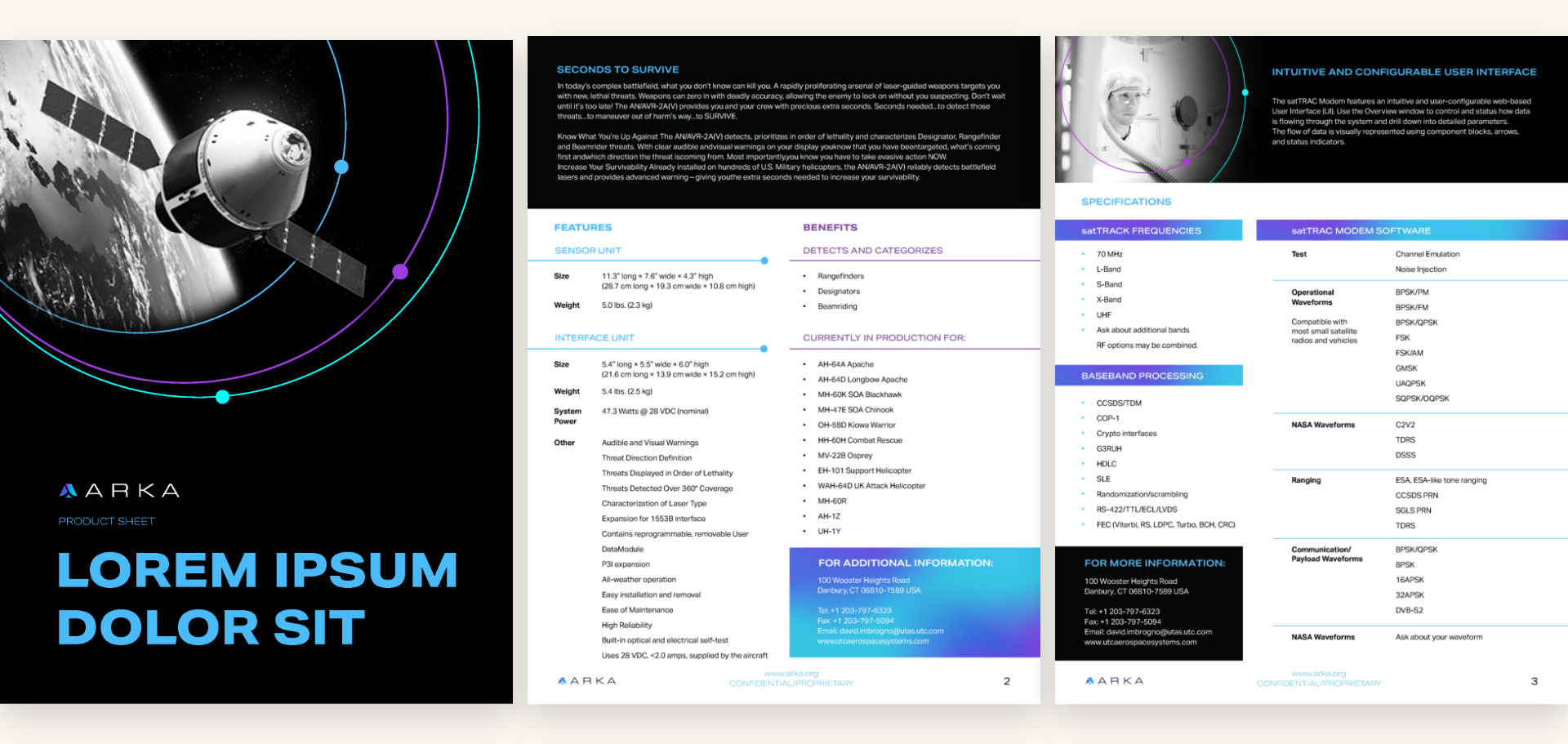
Become a Trusted Advisor in Government and Defense
To succeed in the government and defense sectors, your brand needs more than just strong offerings—it needs to inspire confidence. By leveraging thought leadership, you can establish your organization as a trusted advisor, influence key decision-makers, and unlock growth opportunities in this challenging market.
Looking to elevate your thought leadership and make an impact in the government and defense space? Bluetext can help you craft a strategy that builds trust and drives results. Contact us today to get started.
Innovation is a double-edged sword in the financial services industry. On one hand, businesses must innovate to stay competitive in a fast-changing landscape. On the other hand, financial services clients are cautious by nature, prioritizing stability, trust, and compliance above all else.
This presents a unique challenge for financial services marketers: how do you position your brand as an innovator without compromising the perception of reliability and security? This blog explores strategies to balance these seemingly conflicting priorities, enabling financial services firms to showcase innovation in a way that resonates with B2B buyers.
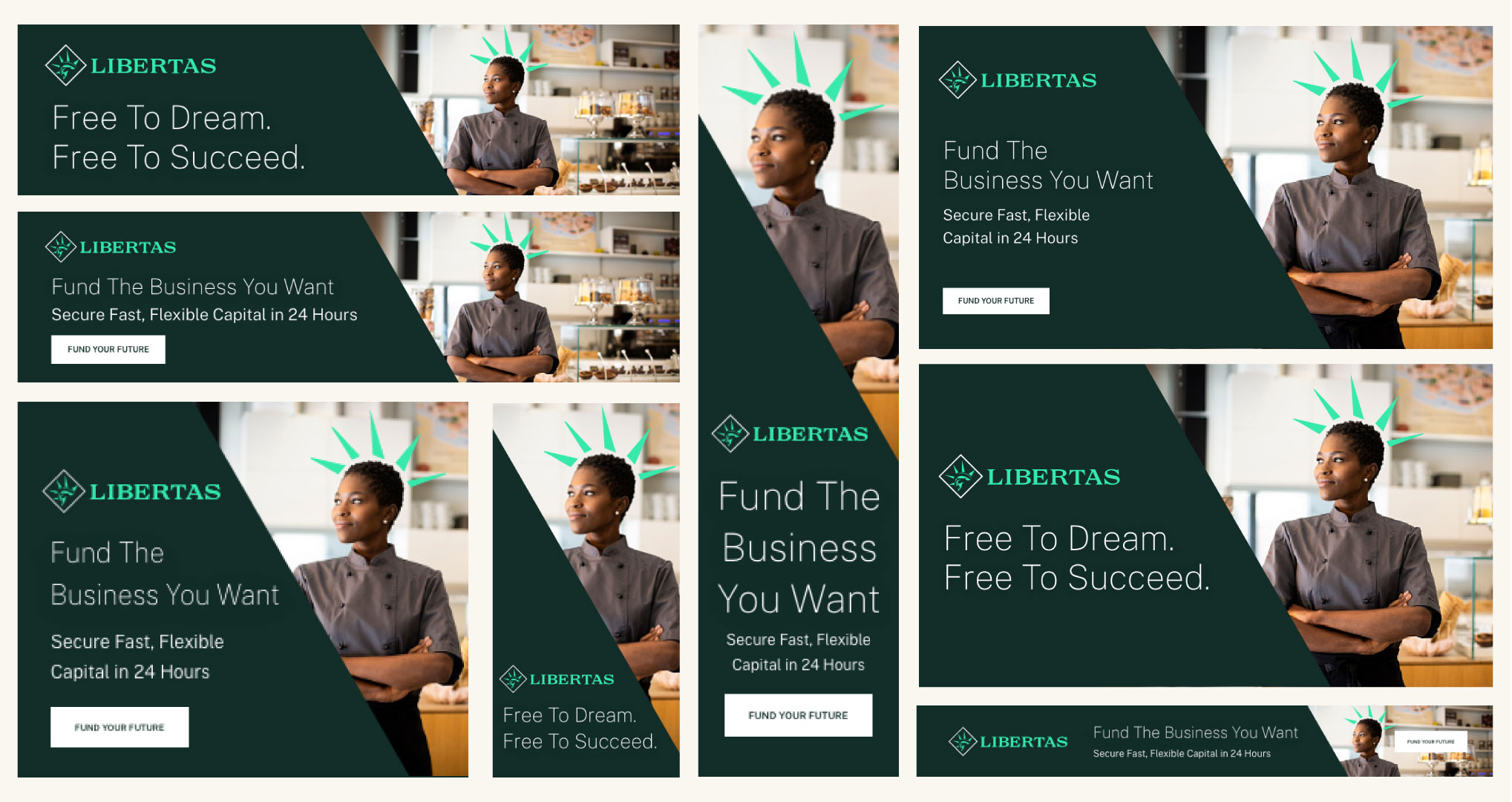
The Importance of Innovation in Financial Services
The financial industry is undergoing a transformation fueled by technology. From AI-driven analytics to blockchain solutions, innovation is reshaping everything from customer interactions to back-end processes. For B2B buyers in this sector, partnering with forward-thinking providers is no longer a luxury—it’s a necessity.
Communicating innovation effectively can:
- Highlight Your Competitive Edge: Position your brand as a leader in adopting and driving technological advancements.
- Build Client Confidence: Demonstrate how your innovative solutions address their challenges and align with their goals.
- Attract New Opportunities: Stand out to businesses looking for cutting-edge solutions to future-proof their operations.
But innovation alone isn’t enough—how you communicate it makes all the difference.
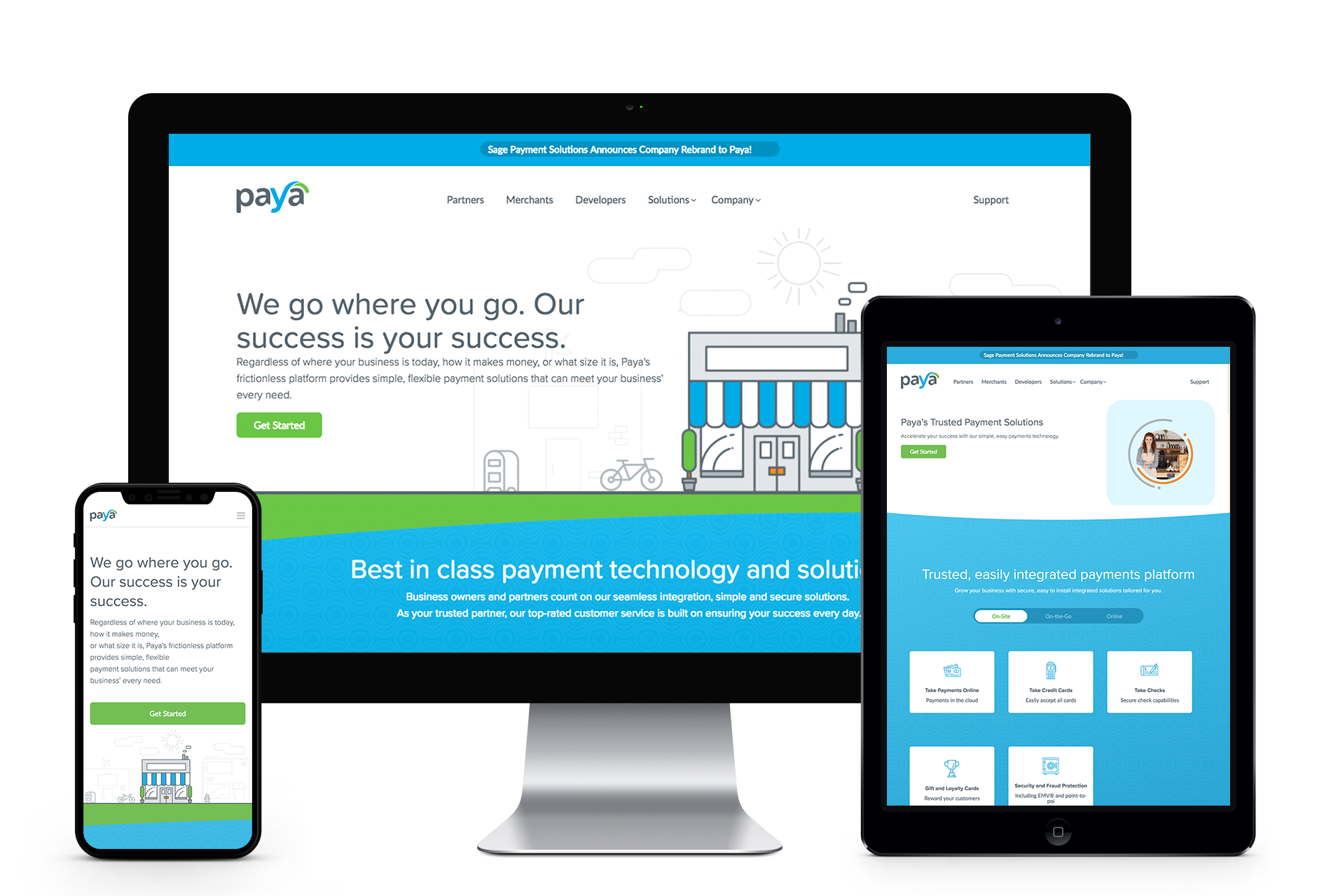
Strategies for Communicating Innovation in Financial Services
To convey innovation while maintaining trust, your messaging must strike the right balance. Here are proven strategies to achieve this:
- Highlight Real-World Applications
Innovation can feel abstract without tangible examples. Show how your solutions deliver results by sharing case studies, success stories, or pilot program outcomes. Focus on measurable benefits such as cost savings, improved efficiency, or enhanced security. - Leverage Thought Leadership
Publish content that explores the broader trends driving your innovations. Whitepapers, webinars, or blogs on topics like “The Future of Blockchain in Finance” position your brand as a thought leader while subtly promoting your capabilities. - Address Concerns Head-On
Financial services clients often worry that new technologies might disrupt their workflows or introduce risks. Use your messaging to proactively address these concerns, emphasizing how your solutions are tested, secure, and fully compliant with industry regulations. - Involve Client Testimonials
Let your clients do the talking. Testimonials and endorsements from respected industry players carry more weight than self-promotion, especially in a risk-averse sector.
Channels to Showcase Your Innovation
Reaching your audience effectively requires leveraging the right platforms and formats:
- LinkedIn and Professional Networks: Use LinkedIn to publish thought leadership content and engage with decision-makers in financial services.
- Industry Events and Webinars: Host or participate in events where you can showcase your innovative solutions directly to potential clients.
- Targeted Email Campaigns: Craft personalized campaigns for specific buyer personas, focusing on how your innovations meet their unique needs.
The key is to maintain a presence in spaces where financial services decision-makers seek insights and solutions.
Building a Future-Ready Brand
Innovation is not just about technology—it’s about solving problems in new ways. To establish your brand as both innovative and dependable:
- Focus on Collaboration: Showcase your ability to co-create solutions with your clients.
- Invest in Transparency: Be open about the steps you take to test, implement, and secure new technologies.
- Commit to Continuous Improvement: Demonstrate your commitment to staying ahead of industry trends and evolving alongside your clients.
This combination of forward-thinking and reliability will position your brand as a trusted partner for financial services businesses navigating change.
Showcasing Your Innovations with Confidence
In the financial services sector, innovation and stability don’t have to be mutually exclusive. By framing your solutions as both cutting-edge and secure, you can build trust with B2B buyers while showcasing your leadership in the industry.
Ready to take your financial services marketing to the next level? Bluetext can help you craft a strategy that communicates innovation with clarity and impact. Contact us today to get started.
In the world of B2G marketing, the ability to align corporate messaging with federal priorities can mean the difference between winning contracts and being overlooked. For years, sustainability has been a cornerstone of corporate branding, with organizations touting their green initiatives to appeal to environmentally conscious agencies. However, a significant shift is underway. As federal agencies emphasize resilience, industrial strength, and adaptability, B2G companies are rethinking their messaging strategies to stay competitive.
This evolving landscape presents both challenges and opportunities. In this blog, we’ll explore the drivers behind this shift, examine the emerging themes of resilience and industrial strength, and provide actionable tips to help your brand stay ahead.
Why Messaging is Shifting in B2G Markets
Federal Priorities are Changing
Federal agencies, particularly the Environmental Protection Agency (EPA), are recalibrating their messaging priorities. While sustainability remains important, the conversation is expanding to include themes like infrastructure resilience, supply chain durability, and long-term performance. This shift reflects broader concerns about national security, climate adaptation, and the need for robust systems that can withstand disruption.
For B2G companies, this change means that simply emphasizing sustainability is no longer enough. Messaging must also highlight how products and services contribute to the government’s evolving focus on industrial strength and adaptability.
The EPA’s Role in Influencing Messaging
The EPA is poised to play a significant role in shaping corporate messaging trends. Anticipated updates to the agency’s guidance could provide a clear framework for what federal agencies expect from contractors in terms of resilience and industrial capability. Companies aligning their messaging with these emerging themes will be better positioned to resonate with procurement officers and decision-makers.

Key Elements of Resilience and Industrial Messaging
Shifting your messaging to reflect resilience and industrial strength doesn’t mean abandoning sustainability—it’s about reframing it within a broader narrative. Here are the key elements to focus on:
1. Emphasize Durability and Performance
Federal agencies prioritize solutions that are built to last. Messaging should underscore the longevity, robustness, and reliability of your offerings. Share real-world examples that demonstrate how your products or services perform under challenging conditions.
2. Highlight Innovation as a Tool for Resilience
Resilience and innovation go hand in hand. Position your organization as a leader in developing cutting-edge solutions that address modern challenges, such as climate resilience and supply chain disruptions. For instance, showcasing innovative technologies that support both industrial goals and environmental sustainability can resonate with agencies looking for multi-faceted solutions.
3. Align Messaging with Federal Missions
Tailor your messaging to reflect government priorities, such as infrastructure modernization or energy independence. This alignment signals that your brand understands and supports the broader goals of federal agencies. Sustainability can still play a role, but as a supporting point within a larger story of compliance, reliability, and adaptability.

Steps to Adapt Your Messaging
Step 1: Conduct a Messaging Audit
Start by reviewing your current marketing materials. Identify messaging that leans heavily on sustainability and evaluate whether it aligns with the government’s broader focus on resilience and industrial strength. Adjust outdated narratives to better reflect evolving priorities.
Step 2: Develop New Messaging Pillars
Create messaging pillars that emphasize durability, reliability, and innovation. For example, instead of focusing solely on “green energy,” emphasize “reliable, sustainable energy solutions” that align with federal resilience goals. Back up these claims with data, case studies, and testimonials that demonstrate measurable impact.
Step 3: Test and Iterate
Refine your messaging through testing. Use A/B testing to determine which narratives resonate most with your audience, and gather feedback from procurement officers or stakeholders. Messaging is not static—it should evolve based on insights and market dynamics.
Real-World Applications: Shifting Successfully
Several companies have already begun adjusting their messaging to reflect this shift. For example, organizations in the renewable energy sector are repositioning their offerings as solutions that enhance grid resilience while remaining environmentally sustainable. Similarly, manufacturing firms are emphasizing the durability of their materials and the reliability of their supply chains. These shifts have helped these companies secure contracts and strengthen their relationships with federal agencies.
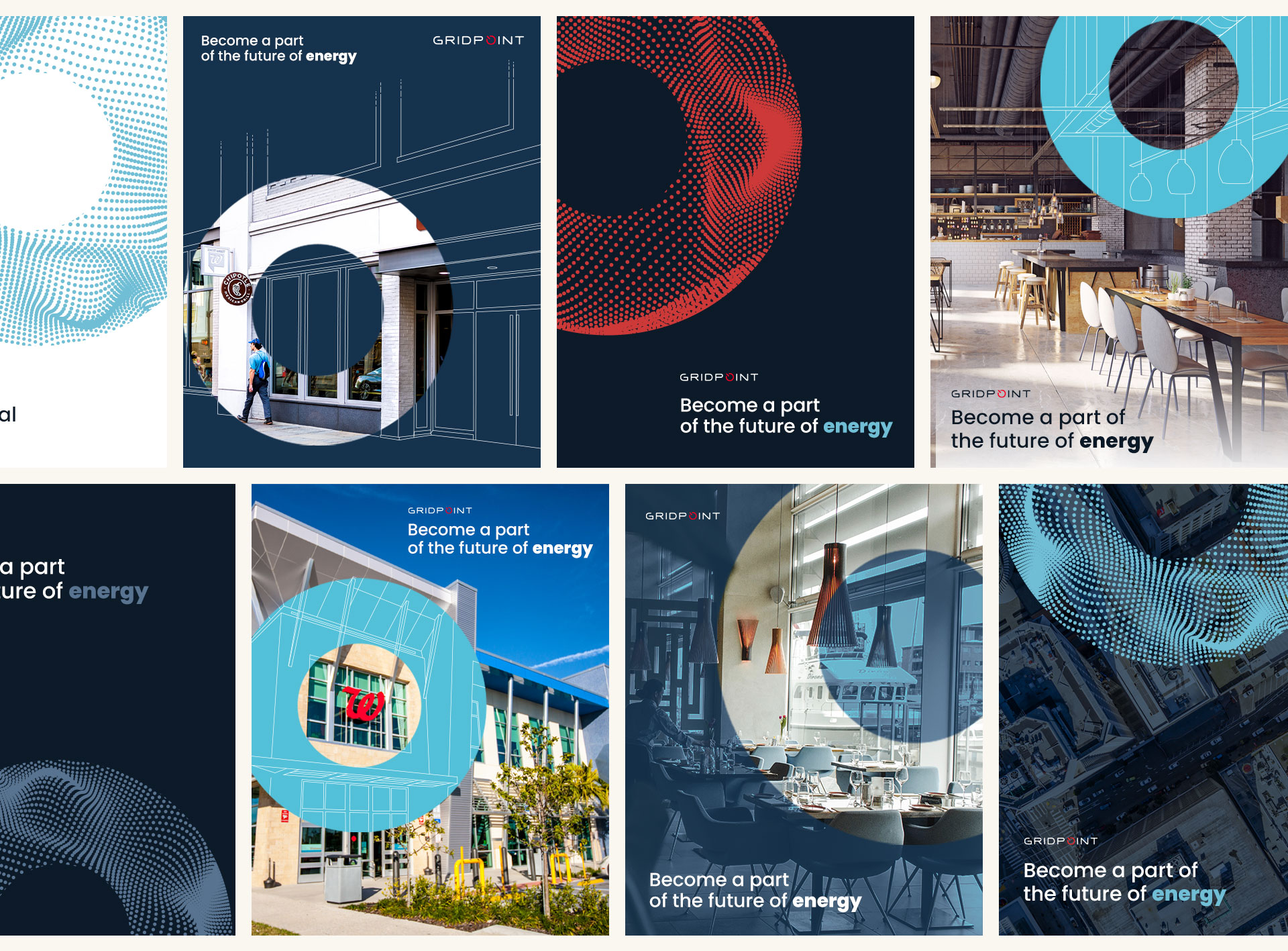
Looking Ahead: Preparing for the Future
Monitor Federal Trends
Staying ahead requires keeping a close eye on federal guidance, especially from agencies like the EPA. These updates will serve as a roadmap for aligning your messaging with government priorities.
Be Proactive, Not Reactive
Waiting until federal guidance is finalized may leave you playing catch-up. Instead, proactively incorporate themes of resilience and industrial strength into your branding now to stay ahead of the competition.
Partner with Bluetext to Align Your Messaging
The B2G market is evolving rapidly, and staying competitive means adapting your messaging to align with federal priorities. At Bluetext, we specialize in helping B2G companies craft compelling narratives that resonate with government agencies. Contact us today to learn how we can help you shift from “green” to “grit” and position your brand for success in this changing landscape.
In the healthcare industry, trust and privacy are paramount. Patients and providers alike demand reassurance that sensitive data is being handled securely and ethically. As data breaches and cybersecurity threats make headlines, healthcare organizations have a unique opportunity to differentiate themselves by showcasing their commitment to data privacy and compliance.
For healthcare marketers, emphasizing strong privacy practices, such as HIPAA compliance and cutting-edge data security measures, isn’t just a regulatory necessity—it’s a strategic advantage. This blog explores how to turn data privacy into a compelling value proposition that resonates with hospitals, clinics, and healthcare networks.
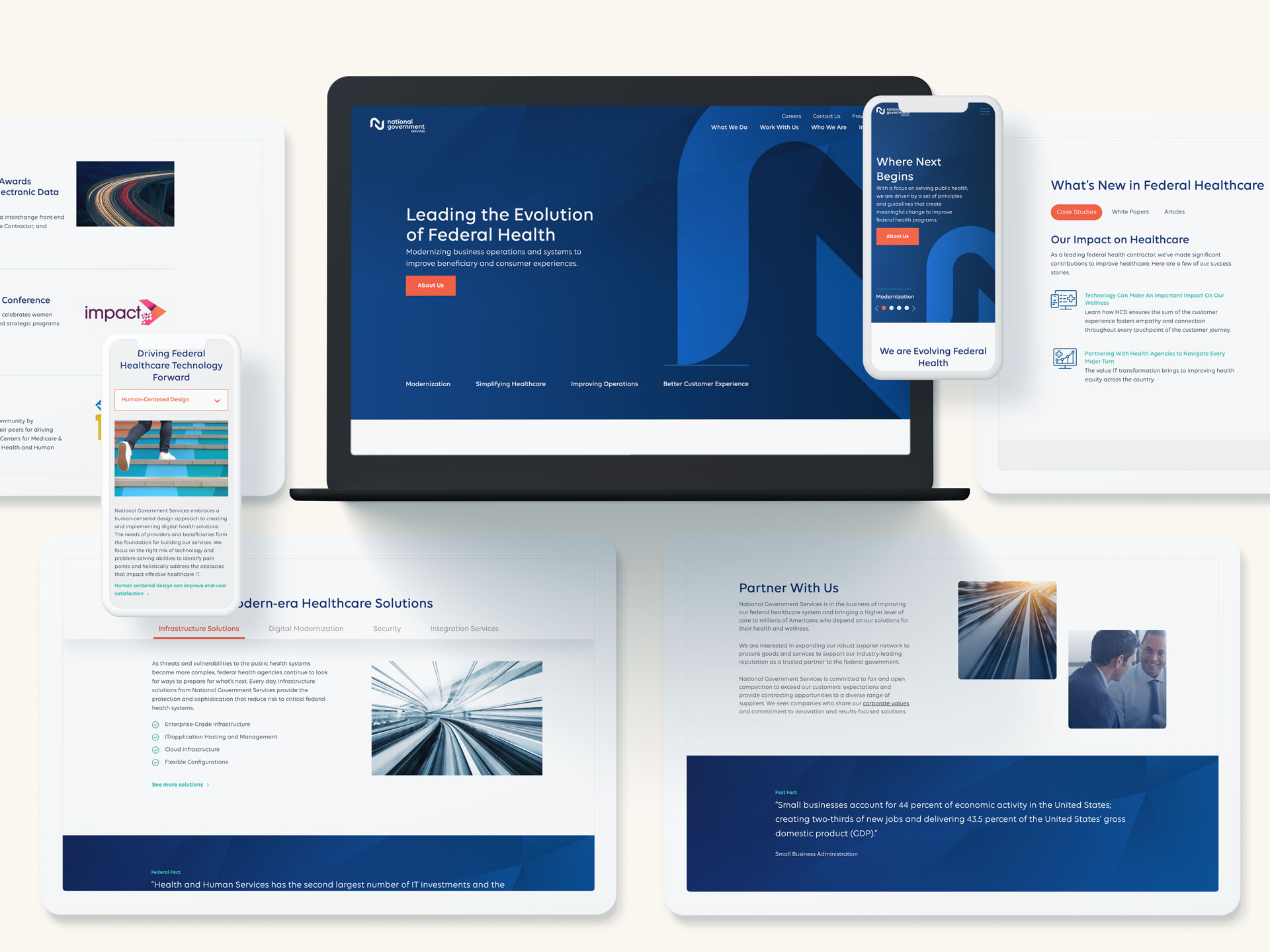
Why Data Privacy Matters to Healthcare Audiences
Healthcare professionals operate in one of the most highly regulated and privacy-sensitive industries. Their ability to deliver care hinges on secure and accurate data management. When choosing partners, they look for organizations that prioritize data security as much as they do.
Highlighting your commitment to data privacy addresses several key buyer concerns:
- Regulatory Compliance: Ensuring patient confidentiality is a non-negotiable requirement for any healthcare partner. Compliance with standards like HIPAA or GDPR signals reliability.
- Trust and Transparency: Organizations that communicate openly about their privacy practices foster trust with their audience.
- Risk Mitigation: Data breaches can lead to severe financial penalties and reputational damage. Healthcare organizations want partners who reduce, not add to, their risks.
By aligning your marketing with these priorities, your brand becomes a trusted ally in a challenging landscape.
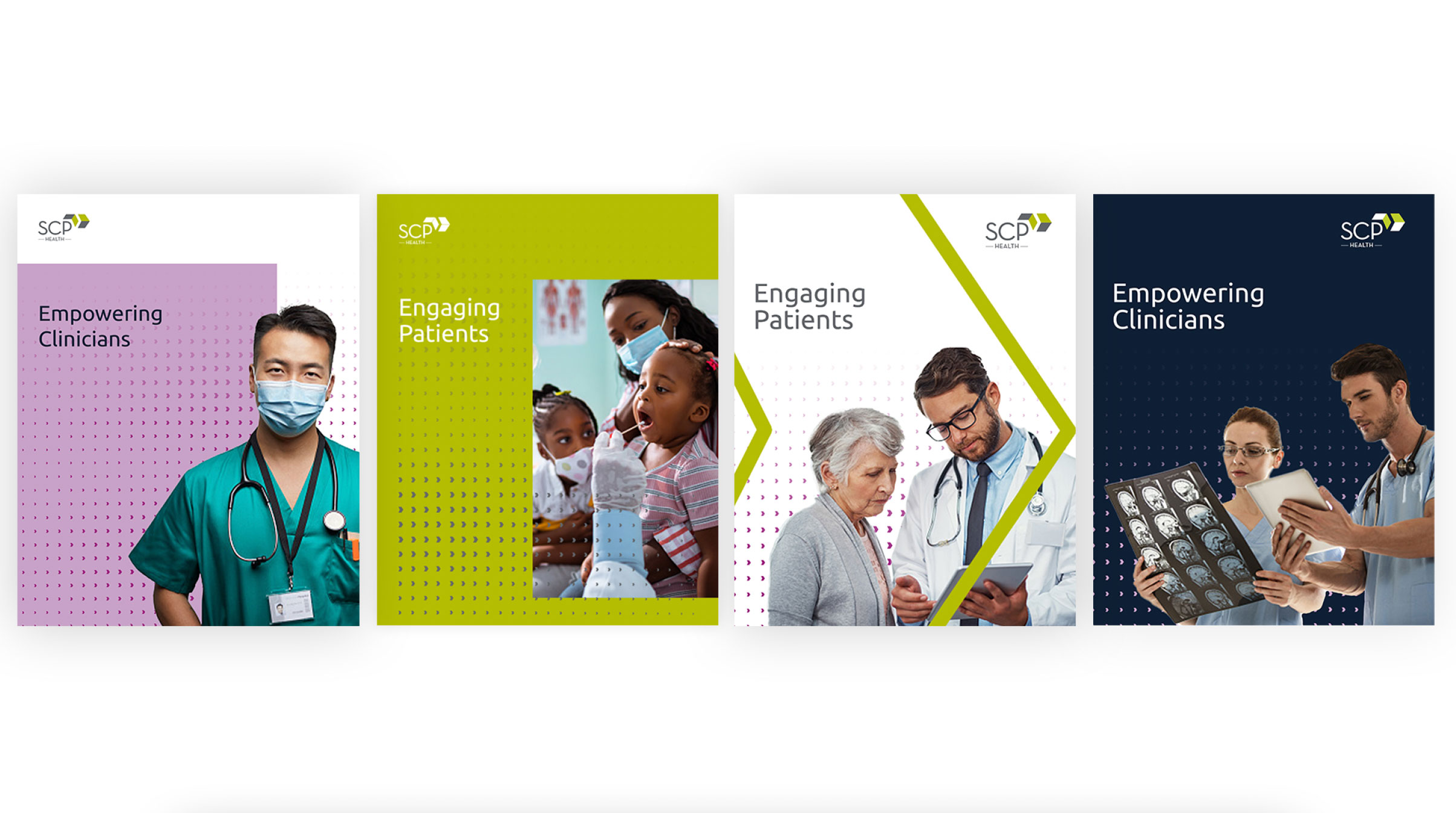
Turning Compliance into a Competitive Edge
Many healthcare companies view compliance as a box to check, but savvy marketers understand its potential as a selling point. Here’s how to elevate compliance from a baseline requirement to a standout feature:
- Showcase Certifications: Use your marketing materials to prominently feature industry certifications and accreditations. This reassures buyers that your processes meet or exceed regulatory standards.
- Educate Your Audience: Share blogs, videos, or whitepapers that explain complex data privacy topics in accessible language. For example, create content that demystifies HIPAA or offers tips for avoiding common compliance pitfalls.
- Promote a Proactive Approach: Highlight how your brand goes beyond basic compliance to implement advanced security measures, such as data encryption, threat detection, or regular audits.
These efforts position your brand as a partner that prioritizes customer safety and peace of mind.
Crafting a Privacy-Focused Brand Narrative
Marketing campaigns that weave privacy into their core messaging stand out in a crowded field. To craft a compelling narrative:
- Focus on the Human Impact: Remind your audience that data privacy isn’t just about technology—it’s about protecting patients’ lives and well-being.
- Highlight Your Role as a Guardian: Frame your organization as a protector of sensitive healthcare information.
- Use Real-World Examples: Share anonymized case studies to illustrate how your privacy protocols have successfully safeguarded patient data or avoided breaches.
When your messaging resonates on an emotional level, it leaves a lasting impression.
Tools and Channels to Amplify Your Message
To effectively convey your commitment to data privacy, leverage the right platforms and strategies:
- LinkedIn Thought Leadership: Publish posts or articles that share your team’s insights on data privacy trends in healthcare.
- Email Campaigns: Develop segmented campaigns targeting different audiences, such as CIOs or compliance officers, emphasizing your privacy strengths.
- Trade Shows and Events: Use conferences to showcase your expertise, whether through speaking engagements or interactive booth displays that highlight your security protocols.
These efforts ensure your message reaches decision-makers and influencers across the healthcare ecosystem.
Building Trust Through Data Privacy
In today’s healthcare landscape, a brand’s commitment to data privacy can set it apart from competitors. By proactively addressing privacy concerns and demonstrating compliance, healthcare marketers can build trust, foster long-term relationships, and create a competitive edge.
Are you ready to position your healthcare brand as a leader in data privacy and security? Contact Bluetext today to learn how we can help you create impactful campaigns that resonate with your audience.
The cybersecurity market has grown exponentially in recent years, driven by the increasing frequency of data breaches and cyberattacks. As a result, brands are finding it harder than ever to differentiate themselves in an oversaturated market. Standing out requires more than just advanced technology—it calls for a resilient brand that buyers trust, view as innovative, and recognize as a thought leader.
This blog explores actionable strategies to help your cybersecurity brand carve out its space in a crowded market and position itself as the go-to solution for customers seeking protection in an unpredictable digital landscape.
Establish Trust as Your Competitive Edge
In cybersecurity, trust isn’t just an advantage—it’s a requirement. Organizations are placing their most sensitive data and systems in your hands, making trustworthiness a key factor in every purchase decision. Here’s how you can build and communicate trust effectively:
- Highlight Proven Successes: Showcase your track record with detailed case studies. Demonstrate how your solutions mitigated real-world threats, protected sensitive data, or minimized downtime for clients.
- Emphasize Certifications: Industry certifications like ISO 27001, SOC 2, and GDPR compliance are essential trust signals. Feature them prominently across your website, marketing materials, and sales presentations.
- Be Transparent About Security Practices: Transparency builds confidence. Outline your security protocols, ongoing monitoring processes, and response strategies. This openness demonstrates you have nothing to hide and everything to offer.
By consistently reinforcing trust, your brand will earn the confidence of customers navigating an uncertain cybersecurity landscape.
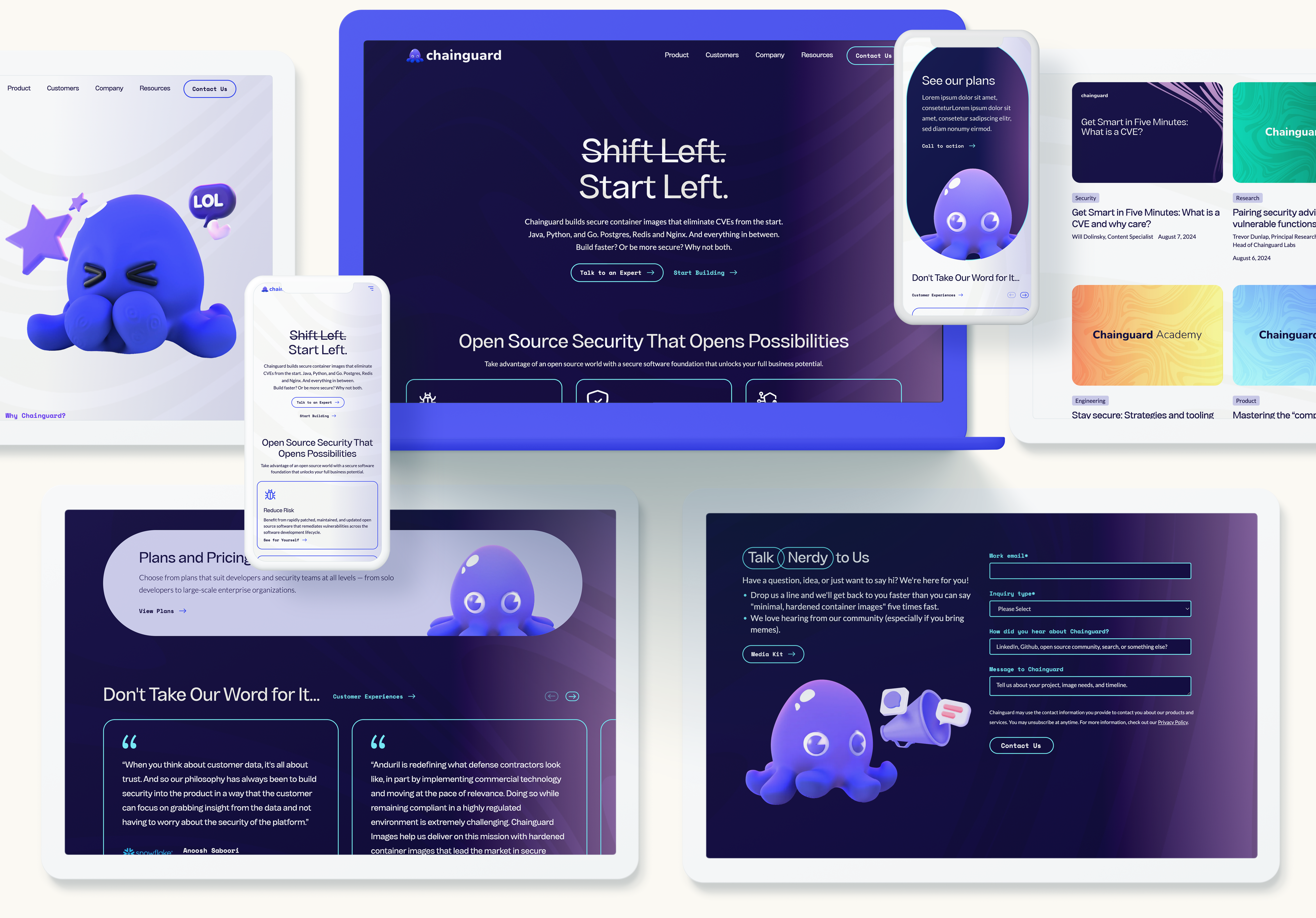
Communicate Innovation as a Practical Benefit
Innovation is often the first promise cybersecurity brands make—but not all brands know how to communicate it effectively. To make innovation resonate, connect your advancements directly to customer outcomes.
- Focus on Real-World Impact: Instead of advertising “next-gen AI” or “cutting-edge machine learning,” explain how these technologies detect previously unseen threats, reduce false positives, or improve response times.
- Simplify Complex Concepts: Use customer-friendly language and engaging formats like explainer videos, infographics, or live demos to illustrate your innovative capabilities.
- Highlight Your Team’s Expertise: Technology alone isn’t enough—customers value the people behind the solutions. Spotlight your engineers, researchers, and cybersecurity professionals to humanize your innovations.
Positioning your brand as an innovator ensures it remains top of mind for customers seeking modern solutions.

Establish Leadership Through Insightful Content
Thought leadership is one of the most powerful tools in the cybersecurity marketer’s toolkit. Customers look to trusted brands for guidance on navigating a rapidly evolving threat landscape. Use your unique expertise to shape industry conversations and position your brand as a leader:
- Host Webinars on Emerging Threats: Partner with industry experts to educate customers about new and evolving cyber risks.
- Publish Research and Whitepapers: Share data-driven insights on trends such as ransomware, phishing, or AI in cybersecurity.
- Engage in Online Discussions: Build your presence on platforms like LinkedIn and Reddit to connect with your audience directly and share valuable insights.
When your brand becomes a trusted source of information, it naturally rises above competitors who merely offer products or services.
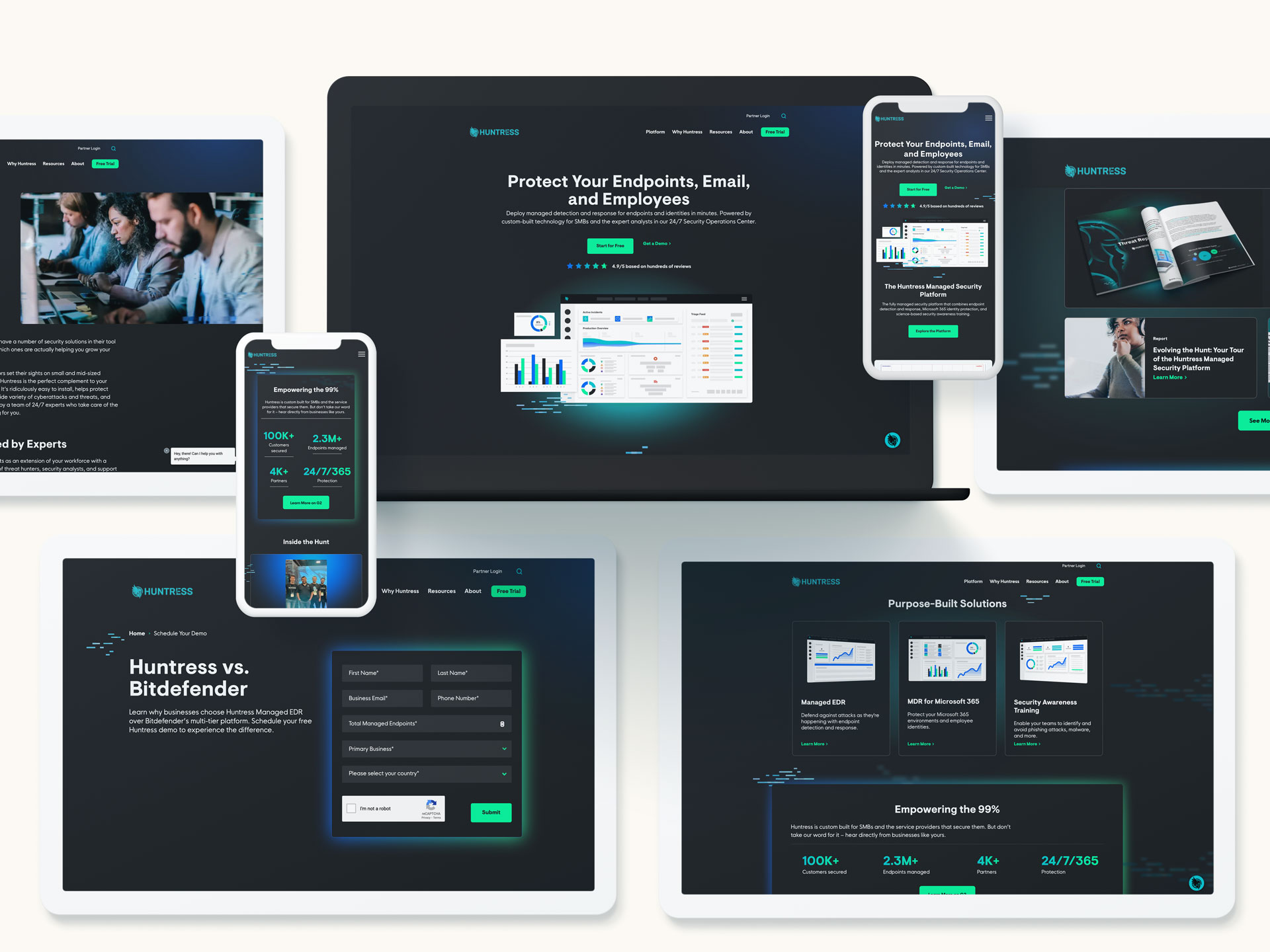
Building a Cybersecurity Brand That Lasts
In today’s crowded market, a resilient cybersecurity brand goes beyond selling solutions. It builds relationships rooted in trust, offers innovations that solve real problems, and educates customers through thought leadership. These efforts don’t just help you stand out—they ensure your brand remains relevant as the cybersecurity landscape continues to evolve.
Looking to differentiate your cybersecurity brand and drive meaningful results? Bluetext specializes in crafting strategies that establish trust, showcase innovation, and build thought leadership for industry leaders. Contact us today to learn how we can help you stand out in the cybersecurity space.
In today’s digital age, data-driven marketing has become essential for businesses to thrive, enabling brands to tailor their messaging, predict customer needs, and enhance client experiences. For the financial services industry, however, data-driven marketing is both an opportunity and a challenge. While leveraging data can lead to improved customer engagement and retention, financial services firms operate in one of the most heavily regulated industries, with strict data protection and privacy guidelines that must be meticulously followed.
To succeed, financial marketers must adopt data-driven strategies that respect compliance standards, ensuring that all customer data usage aligns with regulatory expectations. This blog explores strategies for harnessing the power of data analytics in a way that enhances marketing efforts while staying within the bounds of regulatory compliance.
The Benefits of Data-Driven Marketing in Financial Services
Data-driven marketing is invaluable for financial services firms aiming to connect meaningfully with their audience. Here are key benefits that data can bring to this industry:
- Personalization
Data allows marketers to go beyond basic customer information, enabling hyper-targeted, personalized messaging based on individual preferences and behaviors. For financial services, this means delivering customized product recommendations, financial planning advice, or educational content that aligns with each client’s unique financial goals. - Predictive Insights
Predictive analytics uses historical data and trends to anticipate future customer needs. For example, by analyzing a client’s transaction history, firms can predict significant financial milestones, like retirement planning, and proactively offer relevant services. Predictive insights enhance the client experience, positioning the firm as a proactive advisor rather than a reactive service provider. - Enhanced Customer Retention
Retaining customers is often more cost-effective than acquiring new ones, and data analytics plays a crucial role in fostering loyalty. By tracking client interactions and satisfaction metrics, firms can identify at-risk clients and develop strategies to re-engage them through timely, targeted communication.
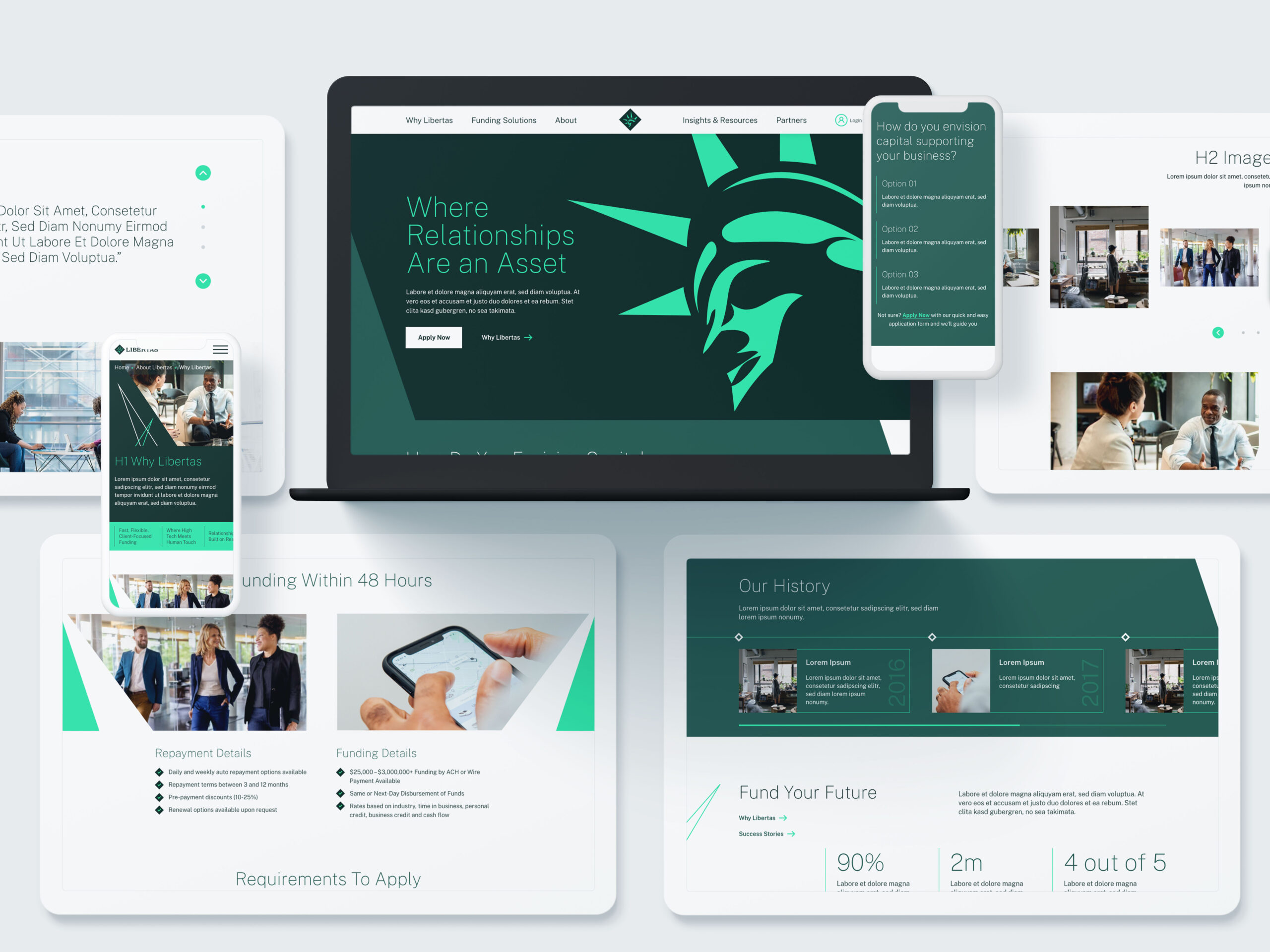
Navigating Regulatory Challenges
In a heavily regulated environment, financial services marketers must exercise caution in how they collect, process, and use customer data. Key regulations governing data privacy include:
- General Data Protection Regulation (GDPR): Applies to firms handling the data of European Union residents and mandates strict guidelines on data consent, access, and usage.
- FINRA Compliance: Financial Industry Regulatory Authority (FINRA) oversees financial firms to ensure ethical practices, including marketing communications.
- California Consumer Privacy Act (CCPA): Grants California residents rights over their data and applies to firms collecting data on California residents.
A compliance-focused approach to data is essential for financial services. This means establishing transparent data practices, securing explicit consent from customers, and adopting a culture of privacy by design. Additionally, regular audits are essential to ensure that data management practices align with evolving regulatory requirements.

Key Data-Driven Marketing Strategies
Balancing regulatory constraints with effective data use can be challenging, but the following strategies allow financial marketers to harness the benefits of data analytics responsibly:
- Segmentation and Targeting
Using segmentation, financial firms can divide their audience into groups based on attributes like age, income, or account activity. Segmentation enables marketers to send targeted messages tailored to each group’s unique needs, improving campaign relevance and client engagement. - Omnichannel Personalization
Today’s customers interact across multiple channels—from social media to email to mobile apps. Omnichannel personalization ensures clients receive consistent, seamless experiences across platforms. For example, a customer viewing investment advice on your website might later receive a relevant email newsletter with complementary financial resources. - Predictive Analytics for Customer Lifecycle Management
Predictive analytics helps firms anticipate key moments in a customer’s lifecycle, such as significant life events or investment milestones. By identifying these opportunities, marketers can deliver timely offers or educational resources that address each client’s evolving needs, leading to stronger client relationships and higher lifetime value. - Data Quality and Security Measures
Data integrity is critical, especially in regulated industries. Implementing robust data quality measures—such as regular cleansing, validation, and secure storage protocols—ensures that the insights driving your marketing are both accurate and compliant. Utilizing secure platforms and encryption methods further safeguards client data, building trust and compliance with privacy laws.
Steps to Implement Data-Driven Marketing Safely
Implementing a data-driven strategy in a regulated world requires careful planning and coordination. Here are actionable steps to help financial firms adopt data-driven marketing safely:
- Build a Cross-Functional Team
Effective data-driven marketing requires collaboration between marketing, compliance, IT, and legal departments. By creating a cross-functional team, firms can ensure that campaigns are both innovative and compliant, benefiting from diverse expertise to navigate complex regulations. - Invest in Secure Data Infrastructure
Security is paramount when handling sensitive financial data. Investing in a secure data infrastructure, including advanced analytics platforms and encryption technology, protects client information and helps your firm meet regulatory requirements. Leading platforms offer built-in compliance tools, streamlining the process of adhering to data protection standards. - Develop Clear Data Governance Policies
Establishing clear policies on data collection, usage, and retention ensures that all employees understand the boundaries of data-driven marketing. Policies should include guidelines on obtaining consent, using data responsibly, and securely storing client information. Regular training and policy reviews help keep the team informed and compliant with any regulatory updates.
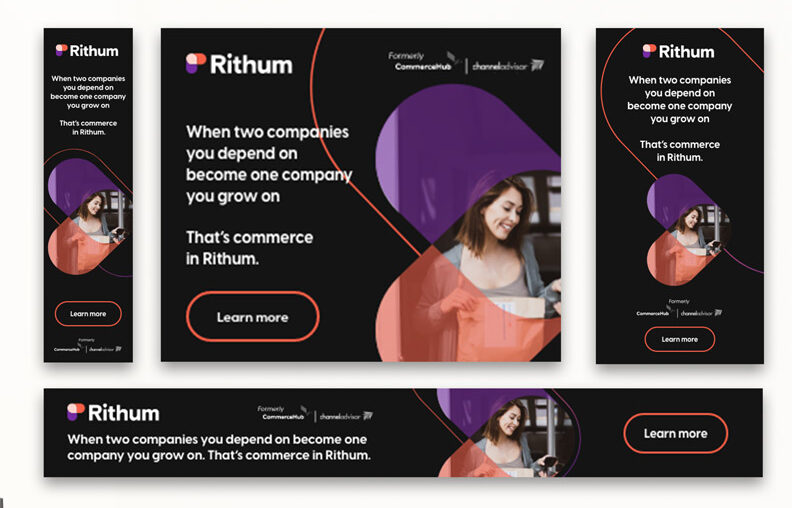
Embracing Data-Driven Marketing in a Regulated Landscape
Data-driven marketing offers financial services firms a powerful advantage in understanding and engaging clients more effectively. By focusing on customer segmentation, predictive analytics, and omnichannel personalization, firms can enhance their marketing while respecting the industry’s stringent regulatory standards. With careful planning and a commitment to compliance, financial firms can leverage data to build stronger client relationships, improve retention, and drive growth.
Looking to integrate data-driven marketing into your strategy? Contact Bluetext today for expert guidance on implementing effective, compliant data practices tailored to the financial services industry.
In today’s business environment, professional services firms face a unique challenge: balancing the tried-and-true methods of traditional marketing with the rapidly evolving demands of digital channels. The modern B2B buyer expects both personalization and accessibility, making a hybrid approach crucial for firms aiming to engage and retain clients effectively. For professional services firms rooted in traditional approaches, the shift to digital marketing can feel daunting—but it also represents an opportunity to connect with clients in meaningful new ways.
The Changing Landscape of B2B Marketing for Professional Services
Buyer expectations have changed significantly over the past decade. B2B decision-makers now prefer a blend of digital touchpoints, from educational webinars and engaging social media content to insightful blog posts and targeted email marketing. Traditional marketing approaches—such as in-person networking, relationship-building, and referrals—remain valuable. However, they no longer fulfill the full range of buyer needs, especially as many decision-makers now conduct extensive online research before even contacting a provider.
For professional services firms, the challenge is to create a seamless experience that combines digital and traditional interactions. Today’s B2B buyer expects convenience and immediacy, along with the depth and reliability associated with established brands. By carefully integrating digital channels, firms can strengthen client relationships while meeting modern expectations.

Core Challenges in Transitioning from Traditional to Digital
Transitioning to a hybrid marketing strategy is easier said than done. Many professional services firms face challenges that slow their adoption of digital methods:
- Resistance to Change: Established firms often have well-defined processes and are accustomed to traditional marketing’s tangible returns, like word-of-mouth referrals and direct networking. Embracing digital marketing can feel like stepping into unfamiliar territory.
- Measuring ROI: Digital marketing offers a wealth of data, but the learning curve can be steep. Many firms are uncertain about how to measure the return on investment (ROI) for digital campaigns, making it harder to justify shifting resources from traditional channels.
- Maintaining Client Trust and Expertise: For firms known for their expertise, there is a concern that digital methods could appear impersonal or detract from their credibility. Balancing the transparency and immediacy of digital content with a reputation for quality and trustworthiness can be tricky.
Key Strategies to Bridge the Gap
To navigate this shift, firms can employ specific strategies that bring the strengths of both traditional and digital marketing together.
- Leverage Data-Driven Insights
Digital marketing provides access to extensive data on customer behavior, preferences, and touchpoints, allowing firms to create highly personalized experiences. By analyzing this data, firms can gain insights into which strategies resonate most with their target audience and adjust accordingly. For instance, monitoring engagement with content like blogs, case studies, or newsletters can reveal client interests and needs, guiding future campaigns. - Incorporate Content Marketing
Thought leadership is central to building credibility, and digital channels offer an ideal platform for showcasing expertise. By developing valuable content—such as industry insights, how-to guides, and webinars—firms can engage their audience, nurture leads, and solidify their position as trusted advisors. This approach not only reaches clients digitally but also strengthens traditional relationships by providing clients with informative resources they can share and discuss in person. - Utilize Targeted Advertising
Digital advertising allows firms to target specific industries, job roles, or geographic areas with precision. Platforms like LinkedIn, which cater to professional audiences, offer advertising options tailored to reach relevant B2B decision-makers. Retargeting ads, which appear after someone has visited your site, can also keep your brand top-of-mind among potential clients, making this strategy highly complementary to traditional networking efforts. - Blend Offline and Online Experiences
Professional services firms can create memorable experiences by combining offline and online elements. For example, hosting an in-person event that is also live-streamed can engage both local clients and remote participants, expanding the reach of a traditional approach through digital channels. Similarly, webinars, which provide educational value and interaction opportunities, serve as digital extensions of traditional seminars and roundtables, offering clients flexibility in how they engage with your brand.
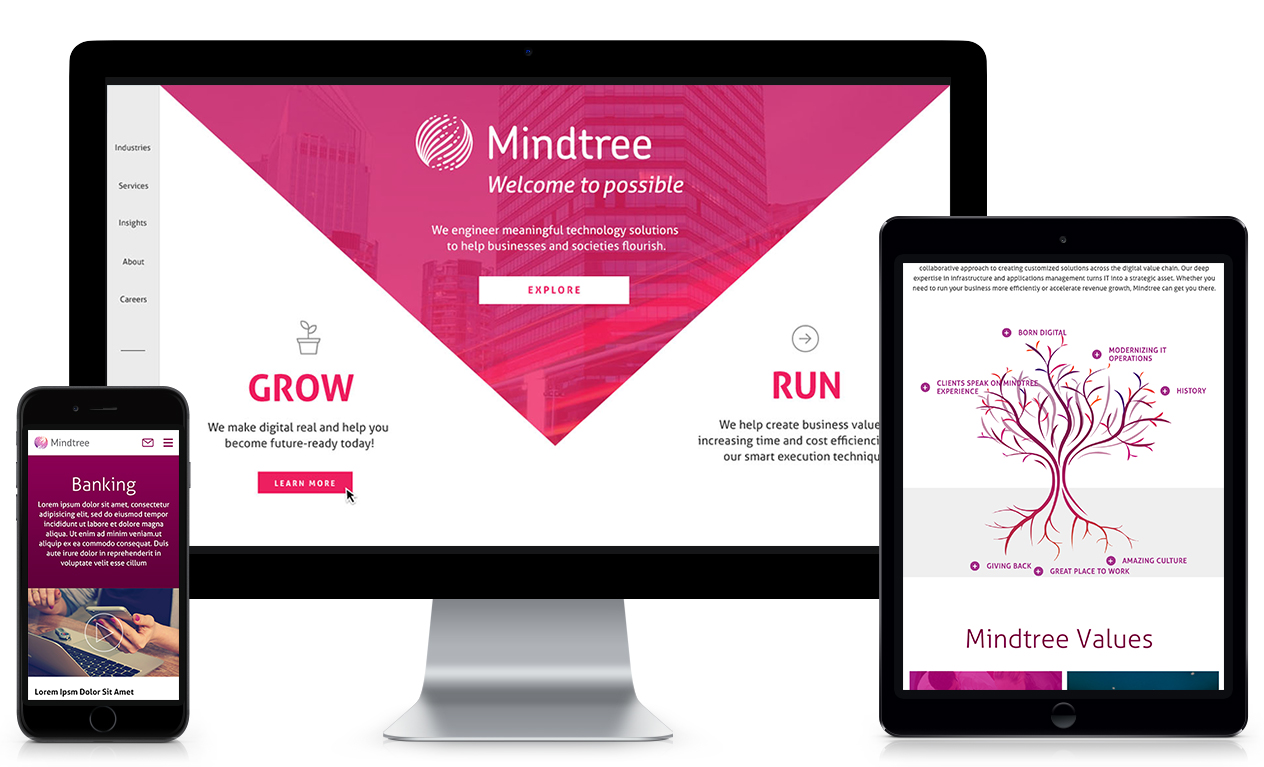
Steps to Get Started
For firms ready to bridge the gap, taking the first steps toward a hybrid marketing strategy can be streamlined with a structured approach:
- Conduct an Audit: Evaluate your current marketing efforts to identify gaps where digital tactics can complement traditional methods. Determine which areas are underperforming or could benefit from digital reinforcement.
- Identify Digital Opportunities: Consider where digital channels could amplify existing strengths. If your firm excels in thought leadership, start by building a content marketing program. If networking is central to your success, explore how LinkedIn advertising or webinars can enhance your reach.
- Set Clear Goals: Establish measurable goals for each digital channel, whether it’s to increase brand awareness, generate leads, or boost client engagement. Goals help justify the investment in digital and serve as benchmarks for success.
- Take a Phased Approach: Transitioning from traditional to digital is a journey. Consider rolling out digital initiatives in phases to ensure that each step is manageable and measurable. Start with a pilot project, gather feedback, and make adjustments before expanding.
- Commit to Continuous Improvement: Digital marketing requires adaptability. Regularly review data from campaigns, client interactions, and feedback to refine your approach and ensure alignment with both traditional values and digital expectations.
Embracing a Hybrid Future
For professional services firms, the shift to digital marketing represents an evolution in how they connect with and engage clients. By adopting a balanced approach, firms can preserve the strengths of traditional marketing while leveraging the efficiency and reach of digital methods. Ultimately, a hybrid strategy enhances relationships, drives engagement, and positions firms for long-term success in an increasingly digital world. Transitioning may feel challenging, but the rewards of a thoughtful blend of traditional and digital are well worth the effort.
Ready to take your marketing to the next level? Contact Bluetext today to learn how we can help you seamlessly bridge the gap between traditional and digital marketing.
In the subscription-based world of Software as a Service (SaaS), success hinges not only on acquiring new customers but also on retaining them. With recurring revenue as the backbone of the SaaS business model, retaining customers and reducing churn are critical for long-term growth and profitability. This blog explores key retention-focused marketing strategies that SaaS companies can adopt to foster customer loyalty, ensure continued engagement, and drive long-term success.
Understanding the Importance of Retention in SaaS
Retention is more than just keeping a customer—it’s about nurturing a relationship that continues to deliver value over time. Unlike traditional software sales, where the primary focus is on the initial purchase, SaaS companies thrive on recurring subscriptions. This makes retention a crucial metric. Not only does a high retention rate contribute to a stable revenue stream, but it also reflects customer satisfaction and the perceived value of the product.
Retained customers are more likely to become brand advocates, offering valuable word-of-mouth marketing and contributing to organic growth. Moreover, it costs significantly less to retain existing customers than to acquire new ones, emphasizing the economic advantages of a retention-focused strategy.
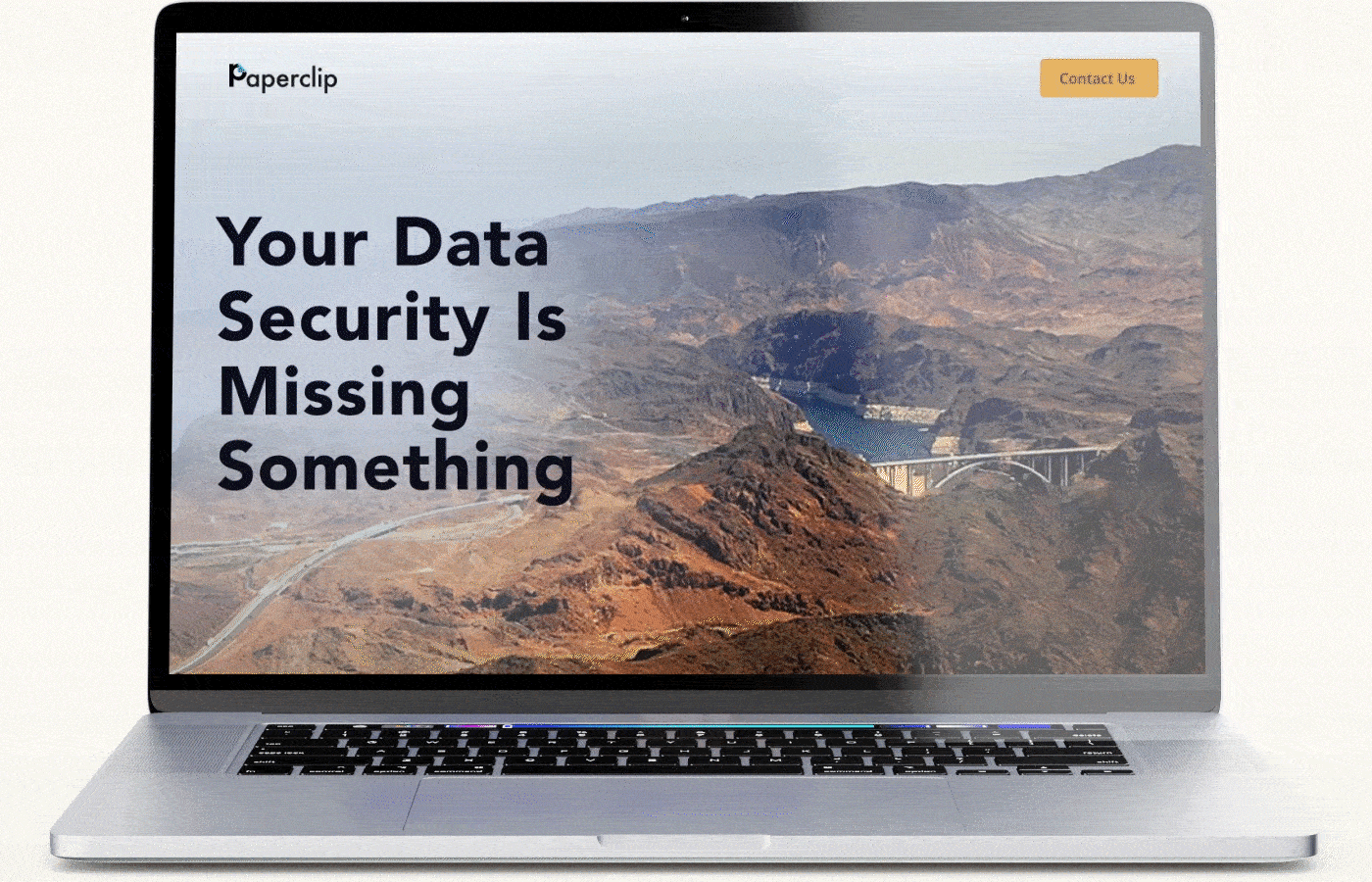
Crafting a Customer-Centric Onboarding Experience
The foundation of effective retention starts with onboarding. A seamless, intuitive onboarding experience ensures that new customers can quickly realize the value of the SaaS product. This critical phase sets the tone for the entire customer journey.
To optimize onboarding:
- Personalization is key: Tailor the onboarding process based on the customer’s industry, company size, or specific use case.
- Interactive guides and tutorials: Provide step-by-step instructions through interactive elements that help users become familiar with the software.
- Dedicated customer success teams: Assign customer success managers to guide new clients, address questions, and provide proactive support.
The goal is to minimize time-to-value (TTV)—the period it takes for customers to see the benefits of your software—and to set the stage for long-term engagement.
Leveraging Data-Driven Personalization for Engagement
In the subscription economy, personalization is essential for maintaining customer engagement. By leveraging data analytics, SaaS companies can gain deep insights into user behavior, preferences, and pain points, enabling them to tailor their offerings and communications.
Key strategies for data-driven personalization include:
- Behavioral triggers: Use in-app behavior to trigger personalized messages or recommendations. For instance, if a user frequently accesses a specific feature, provide advanced tips or related functionalities to deepen their usage.
- Segmented communication: Divide your customer base into segments based on factors like usage patterns, engagement levels, or industry. Craft targeted marketing messages that address the specific needs and goals of each segment.
- Feedback loops: Implement mechanisms for collecting user feedback regularly, using surveys, in-app prompts, or direct outreach. This helps in refining the product and demonstrating that customer input drives improvements.
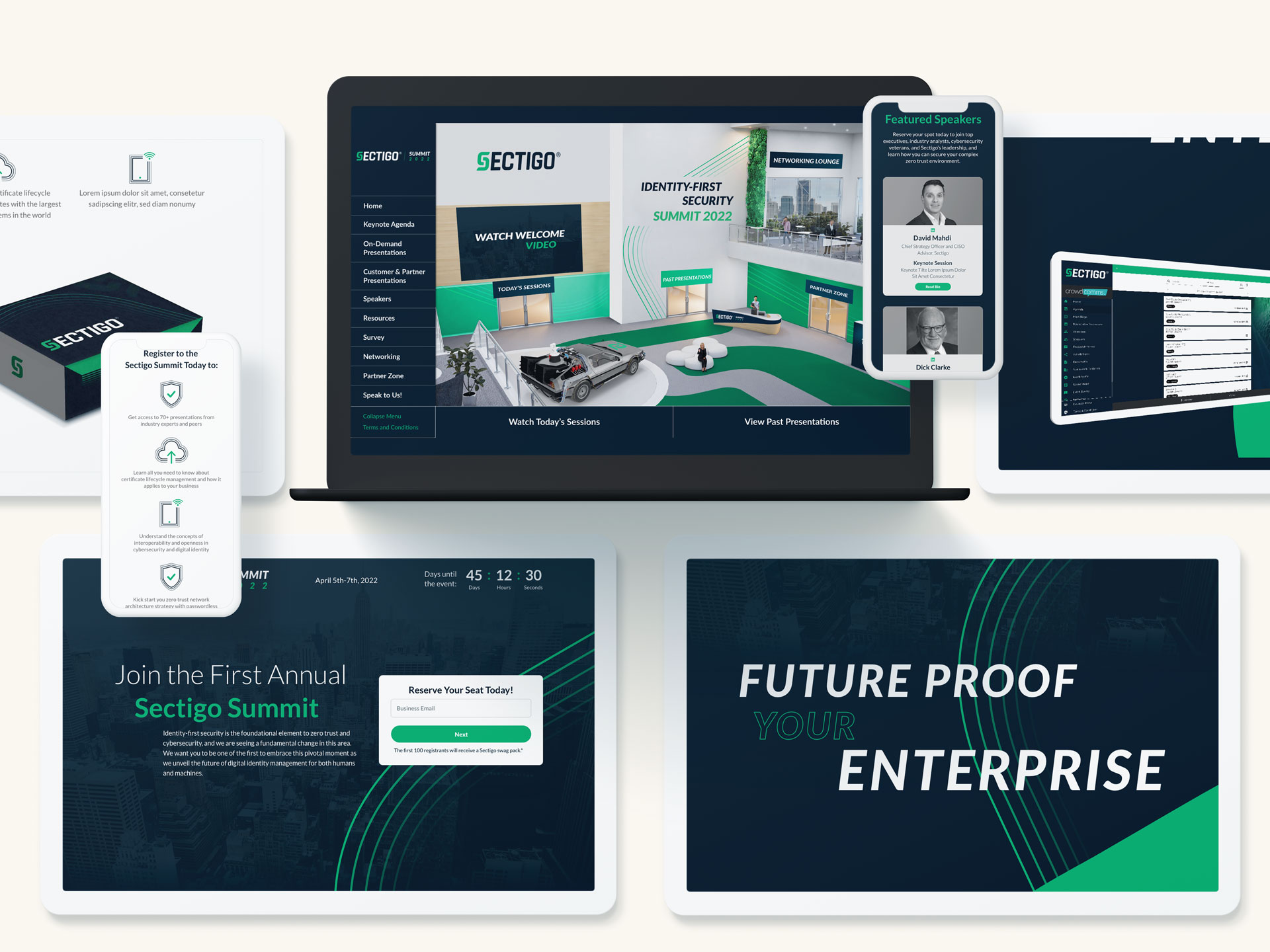
Implementing Customer Success Programs
Customer success programs are vital for maintaining ongoing engagement and ensuring that customers derive consistent value from the SaaS product. These programs are proactive, aiming to anticipate customer needs and address potential issues before they lead to churn.
Components of a successful customer success program:
- Regular check-ins: Schedule periodic reviews to discuss the customer’s goals, challenges, and how the software is helping achieve them.
- Educational resources: Provide access to webinars, training sessions, and resource libraries that help customers maximize their use of the product.
- Success metrics tracking: Collaborate with customers to define success metrics, track progress, and celebrate milestones.
Customer success teams act as a bridge between the SaaS company and its users, reinforcing the value of the subscription and cultivating loyalty.
Enhancing Product Value Through Continuous Innovation
In a competitive SaaS landscape, continuous product innovation is crucial for retaining customers. Regular updates, new features, and improvements demonstrate a commitment to delivering value and keeping pace with evolving customer needs.
To foster continuous innovation:
- Customer feedback integration: Actively incorporate customer feedback into the product development cycle. This not only improves the product but also shows customers that their input is valued.
- Transparent communication: Keep customers informed about upcoming features, updates, and improvements through newsletters, blog posts, or in-app notifications.
- Beta programs: Involve customers in beta testing for new features, creating a sense of ownership and investment in the product’s evolution.
By consistently enhancing the product, SaaS companies can prevent customer fatigue and maintain excitement around their offerings.

Utilizing Loyalty Programs and Incentives
Loyalty programs and incentives can be effective tools for encouraging long-term customer engagement. These programs reward users for continued subscription and usage, fostering a deeper connection with the brand.
Examples of loyalty initiatives include:
- Referral bonuses: Offer incentives for customers who refer new users, turning satisfied customers into active promoters.
- Usage-based rewards: Provide rewards or recognition for customers who consistently use the product or achieve certain milestones, reinforcing positive behavior.
- Tiered loyalty programs: Create a tiered system where customers can unlock additional benefits or features based on their subscription tenure or engagement level.
Such programs not only enhance retention but also contribute to customer satisfaction and brand loyalty.
Measuring and Reducing Churn
Retention efforts must be complemented by a strong focus on measuring and understanding churn. By identifying the reasons why customers leave, SaaS companies can take targeted actions to reduce churn rates.
Key strategies for managing churn:
- Churn analysis: Regularly analyze churn data to identify patterns and common reasons for cancellation.
- Exit interviews: Conduct interviews or surveys with customers who cancel to gain insights into their decision.
- Win-back campaigns: Develop campaigns aimed at re-engaging lost customers, offering special incentives or addressing previous concerns.
Continuous improvement in churn management can significantly impact overall retention rates, ensuring long-term sustainability for SaaS businesses.
Building a Retention-Driven SaaS Strategy
Retention is the cornerstone of success in the subscription economy. By focusing on personalized engagement, continuous innovation, and proactive customer success, SaaS companies can build lasting relationships with their customers. These strategies not only improve retention but also contribute to a healthier bottom line and a stronger brand reputation.
The healthcare industry is undergoing a digital revolution, with technology increasingly central to patient care, data management, and hospital operations. For healthcare technology firms, this transformation presents a unique opportunity to connect with hospitals, clinics, and healthcare networks. However, breaking through to this market demands a targeted approach that emphasizes trust, addresses sector-specific needs, and communicates real-world value. This post dives into actionable strategies for reaching B2B healthcare audiences and building partnerships that support the industry’s vital mission.
Understanding the B2B Healthcare Landscape
Unlike many other B2B sectors, the healthcare market is defined by strict regulations, a focus on patient outcomes, and multi-layered decision-making processes. Stakeholders in hospitals and healthcare networks are cautious about adopting new technology, primarily because of high-stakes concerns around patient safety, data privacy, and operational compatibility. To successfully navigate this landscape, healthcare technology firms need a deep understanding of these priorities and a commitment to building trust.
A critical first step is to recognize that decision-makers, from C-suite executives to department heads, are evaluating technology not only for its features but also for its ability to integrate seamlessly into existing infrastructures and improve long-term patient outcomes. Demonstrating an awareness of industry pain points—such as budget constraints, regulatory requirements, and the need for interoperability—sets a strong foundation for engaging these audiences.

Crafting Relevant Messaging for Healthcare Audiences
Effective healthcare marketing begins with messaging that speaks directly to healthcare providers’ specific concerns. Hospitals, clinics, and healthcare networks are focused on improving patient outcomes, reducing costs, and ensuring compliance with regulations. Marketing content that emphasizes these values will resonate far more than generic tech-driven language.
To appeal to healthcare professionals, highlight how your solution addresses critical challenges. For instance, a data analytics platform for hospitals might prioritize HIPAA compliance, seamless integration with electronic health records (EHR) systems, and real-time patient monitoring. Position your product as a partner in improving patient care rather than just another tech solution. Including testimonials, case studies, or data points that underscore proven results can enhance credibility and illustrate tangible benefits.
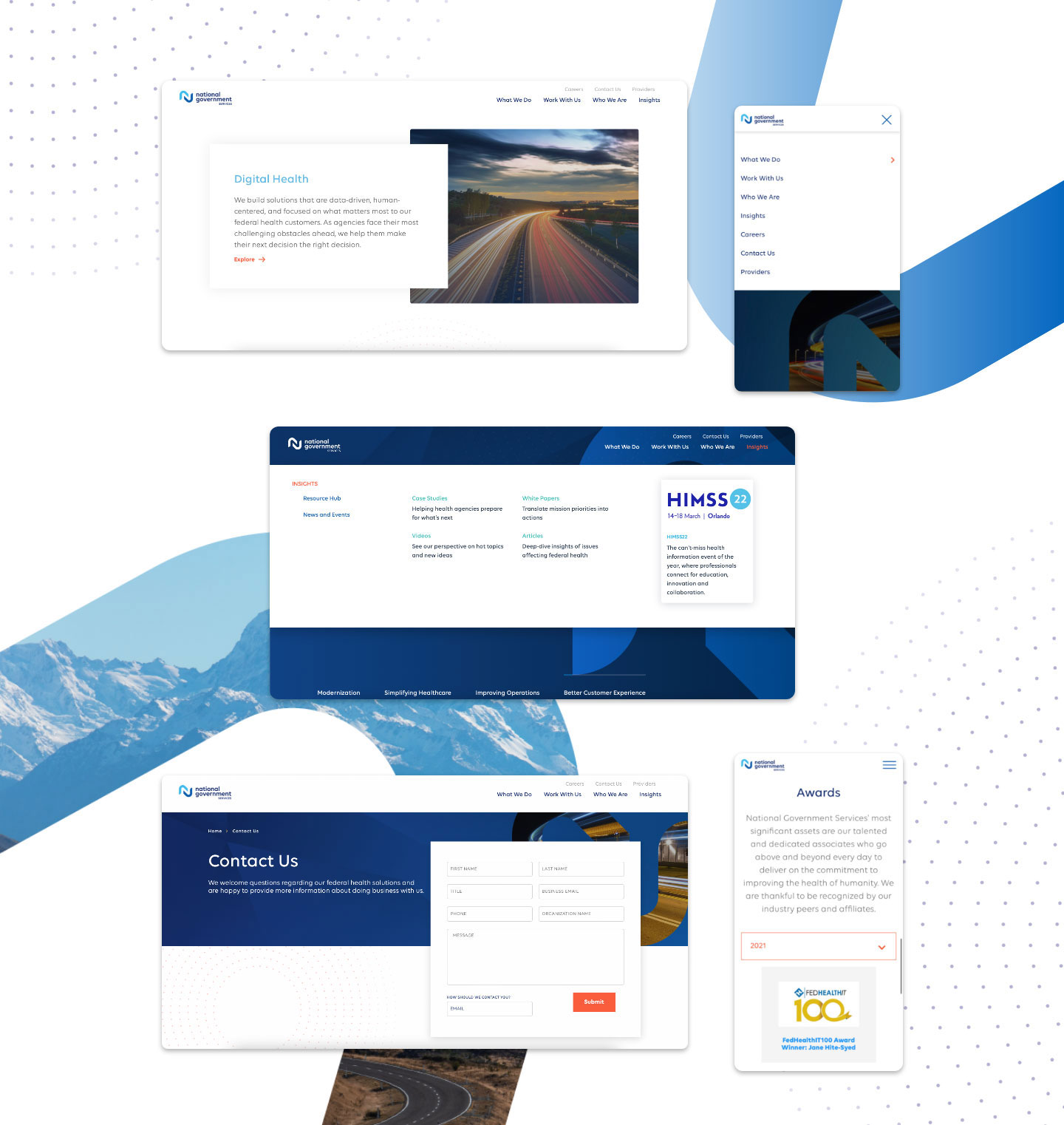
Building Digital Marketing Channels for Maximum Reach
Reaching healthcare decision-makers requires a strategic selection of digital channels, as traditional B2B approaches may not have the same impact. LinkedIn is essential for healthcare marketing, as it’s where professionals actively engage with industry-specific content. Utilize LinkedIn’s advanced targeting to reach executives, department heads, and procurement professionals who play a role in tech adoption decisions.
In addition to LinkedIn, hosting webinars tailored to the healthcare industry allows potential clients to engage with your product directly. Consider creating webinars focused on regulatory compliance, cost savings, or enhanced patient care enabled by your technology. This format not only provides an opportunity to answer questions in real-time but also builds trust by demonstrating your team’s knowledge of healthcare needs.
Email campaigns remain highly effective but should be crafted carefully to avoid information overload. Segmenting email lists by role—such as clinical leadership, IT administrators, and procurement officers—enables you to send tailored content that speaks to each audience’s specific priorities. Whitepapers and in-depth case studies can also be promoted through email, providing a resource that healthcare professionals can review at their own pace.
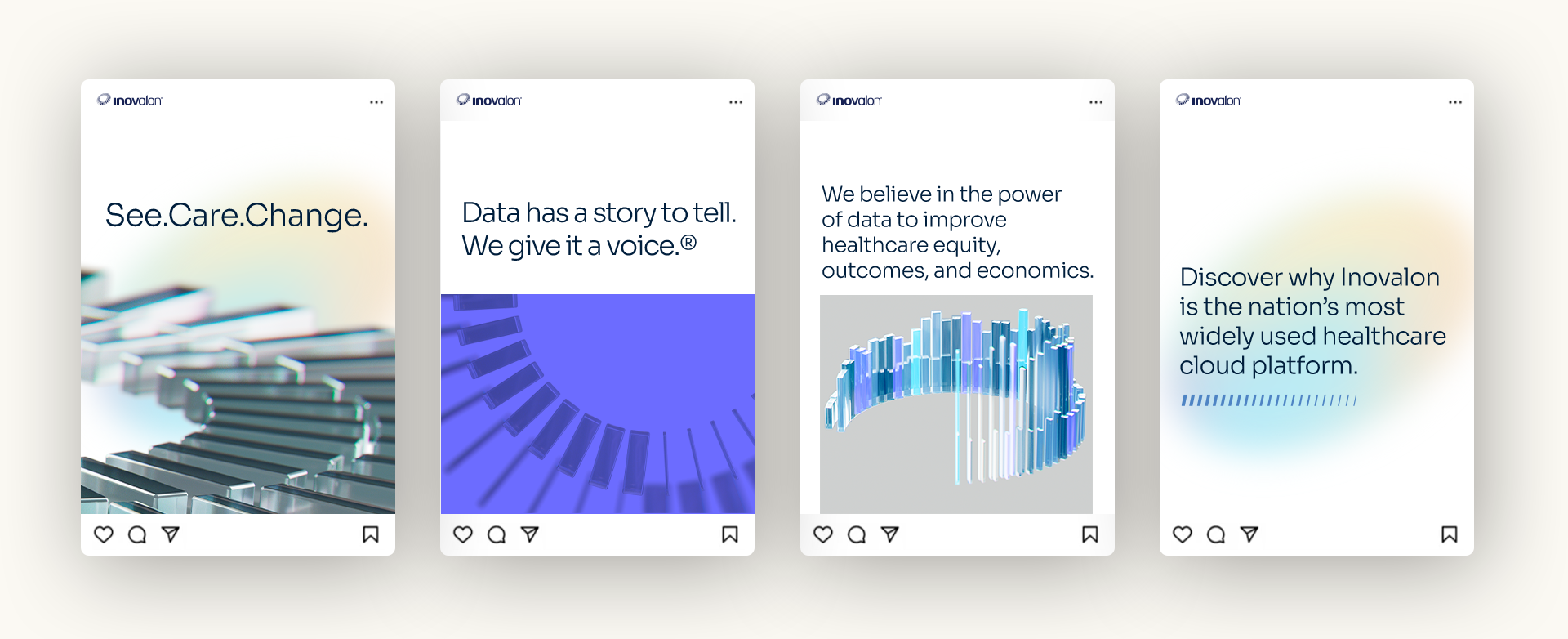
Leveraging Thought Leadership and Content Marketing
In healthcare marketing, establishing authority through thought leadership is critical. Thought leadership shows that your brand is not only knowledgeable but committed to contributing to the broader conversation around healthcare improvements. Regularly publishing informative, research-backed content—whether through blogs, industry journals, or social media—can help position your firm as an industry authority.
To create impactful thought leadership, address current healthcare challenges in your content, such as data security concerns, the shift toward value-based care, or the role of artificial intelligence in diagnostics. Collaborating with healthcare professionals for interviews, insights, or guest articles can also lend credibility and provide authentic perspectives that resonate with readers.
Whitepapers, case studies, and research reports are particularly valuable, as healthcare decision-makers tend to rely on in-depth analysis when considering new solutions. Distributing these materials on your website, via email campaigns, or through targeted LinkedIn ads can increase visibility among your ideal audience.
Optimizing for Mobile and Digital Health Trends
Healthcare professionals are increasingly reliant on mobile technology, both for patient interactions and professional information. Marketing content optimized for mobile devices can make a substantial difference in engagement, as busy healthcare professionals often access information on the go. Mobile-friendly design, short-form video content, and infographics cater to these needs by providing digestible, quick-access information.
Digital health trends, such as telemedicine and wearable health tech, are on the rise and impacting how healthcare organizations approach patient care. By aligning your marketing strategy with these trends, your brand can present itself as forward-thinking and attuned to the future of healthcare. For instance, case studies that explore successful telehealth implementations can resonate with hospitals considering similar initiatives.
Consider creating educational resources that highlight how your technology aligns with these digital trends. By positioning your product as an enabler of mobile and digital health solutions, you appeal to organizations focused on meeting modern healthcare demands.
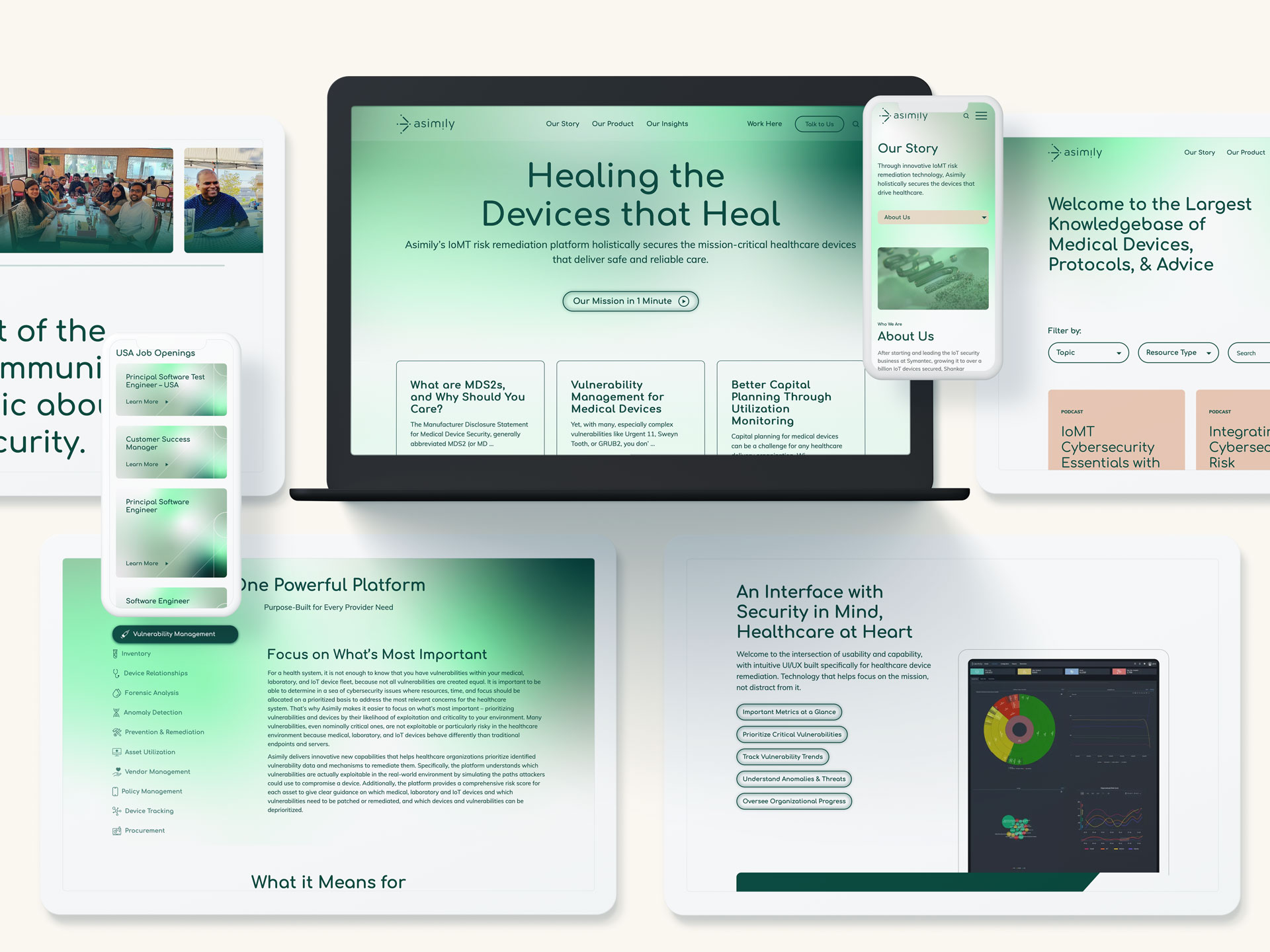
Measuring and Adapting Strategies
For healthcare marketers, data-driven insights are essential for refining strategies and proving ROI. Measuring metrics like lead generation, engagement rates, and conversions can shed light on what resonates with healthcare audiences and where adjustments are necessary. Establish a feedback loop that gathers insights from sales teams, client feedback, and industry developments to continuously optimize your approach.
In addition to quantitative metrics, qualitative feedback from healthcare clients can provide invaluable insight. Healthcare technology is a fast-evolving field, and understanding the specific preferences and pain points of your target audience helps you stay ahead of the curve. Regularly reviewing and adapting your strategies based on these insights demonstrates your firm’s commitment to understanding and meeting the needs of healthcare providers.
Building Lasting Connections in Healthcare Marketing
As healthcare technology continues to evolve, the opportunities to create lasting connections with hospitals, clinics, and healthcare networks will only expand. With the right approach—rooted in credibility, tailored messaging, and an understanding of industry trends—healthcare marketers can effectively reach and resonate with their target audiences. Adopting a digital-first mindset and embracing mobile, data-driven strategies will further enhance your ability to engage this essential market.
As the marketing landscape continues to evolve at a breakneck pace, businesses must look ahead to stay competitive in the years to come. By 2025, the strategies that once worked will need to be adapted to meet new expectations and leverage emerging technologies. From AI-driven personalization to sustainability in brand messaging, the future of marketing will be shaped by innovation, agility, and a deep understanding of consumer preferences.
In this blog, we’ll explore the key trends that will drive marketing success in 2025 and provide actionable steps businesses can take today to future-proof their marketing efforts.
The Power of AI-Driven Personalization
Artificial intelligence (AI) is transforming marketing by enabling hyper-personalized customer experiences at scale. AI tools can analyze vast amounts of customer data, allowing brands to predict behavior, deliver tailored content, and create highly relevant recommendations. This level of personalization not only enhances customer satisfaction but also fosters brand loyalty.
For instance, companies like Netflix and Amazon have mastered the art of AI-driven personalization, delivering content and product recommendations based on user preferences and behavior. As we approach 2025, consumers will expect this kind of personalized experience from every brand they interact with.
Actionable Step: Invest in AI-powered marketing tools that allow you to gather and analyze customer data effectively. Start by integrating AI into your email marketing, content delivery, and e-commerce platforms to offer personalized recommendations and improve engagement.
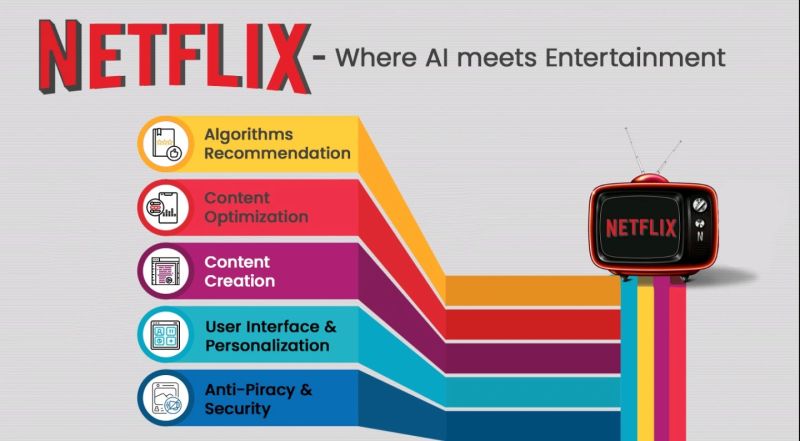
Omnichannel Customer Experiences
In 2025, the line between online and offline experiences will blur even further, with customers expecting seamless interactions across multiple touchpoints. An omnichannel marketing strategy ensures that no matter where your audience engages with your brand—whether it’s through social media, email, in-store, or mobile apps—the experience feels unified and consistent.
Leading brands are already embracing omnichannel strategies to create frictionless experiences. For example, Starbucks’ mobile app integrates with in-store interactions, allowing customers to order ahead, earn rewards, and pay seamlessly. This kind of cohesive approach will be crucial to staying competitive.
Actionable Step: Begin mapping out your customer journey to identify where your audience engages with your brand. Develop a strategy that ensures a consistent brand message and customer experience across all platforms and devices.
Embracing Sustainability in Brand Messaging
As consumers become more socially conscious, sustainability is no longer a nice-to-have but a necessity for brands looking to build trust and loyalty. By 2025, sustainability will be a key driver of purchase decisions, with customers seeking out brands that align with their values, particularly regarding environmental and ethical concerns.
Brands like Patagonia and Allbirds have built their entire ethos around sustainability, and their transparent, eco-friendly practices resonate deeply with today’s consumers. As environmental concerns grow, incorporating sustainability into your marketing messaging will become even more critical.
Actionable Step: Assess your brand’s current sustainability efforts and look for ways to authentically integrate these values into your marketing. Share your sustainability initiatives openly, whether through product development, sourcing, or corporate social responsibility.

Investing in Data Analytics for Better Decision-Making
Data will continue to be the lifeblood of effective marketing strategies in 2025. Brands that harness the power of data analytics will be better equipped to make informed decisions, predict trends, and tailor their campaigns to meet customer expectations. The ability to access real-time insights and predictive analytics will set top performers apart from the competition.
However, with the rise of data privacy regulations, businesses must also be mindful of how they collect and use customer data. Ethical data practices will be critical in building trust with consumers who are increasingly concerned about privacy.
Actionable Step: Invest in advanced data analytics tools and teams to improve your ability to make data-driven decisions. Ensure your data collection processes are transparent and ethical, and prioritize data security to build consumer trust.
Refining Digital Transformation Strategies
Digital transformation isn’t a one-time event—it’s an ongoing process that must evolve alongside new technologies and customer behaviors. As we look toward 2025, businesses that remain agile and continue to refine their digital transformation strategies will be better positioned to succeed.
Mobile-first approaches, automation, and digital agility will be essential in delivering the seamless experiences customers expect. Brands that fail to evolve their digital capabilities risk falling behind competitors who embrace the latest innovations in digital marketing.
Actionable Step: Continuously assess your digital channels and invest in technologies that enable you to deliver personalized, mobile-first experiences. Stay on top of emerging trends and be prepared to pivot your digital strategies as needed.
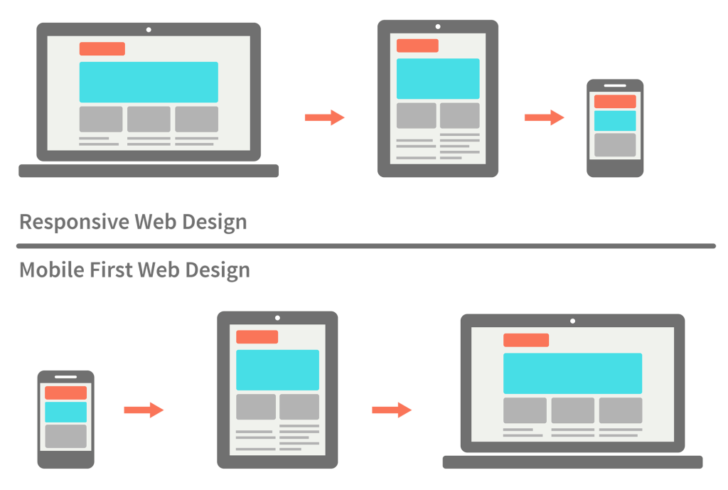
Embracing Ethical Marketing Practices
In 2025, consumers will increasingly favor brands that operate with transparency, inclusivity, and ethical values. Ethical marketing goes beyond avoiding misleading ads—it’s about building long-term trust through honesty, accountability, and a commitment to doing good.
Brands that embrace ethical marketing practices will resonate more deeply with today’s socially conscious consumers. This includes promoting diversity and inclusion, supporting social causes, and being transparent about business practices.
Actionable Step: Review your marketing practices and ensure they align with ethical standards. Be transparent about your brand’s values, and show genuine support for causes that matter to your audience. This will help build long-term loyalty and trust with your customers.
Agility and Innovation: The Cornerstones of Future Marketing
The future of marketing belongs to brands that can adapt quickly to change and foster a culture of innovation. Whether it’s responding to new consumer behaviors, pivoting during a crisis, or leveraging emerging technologies, agility will be key to staying competitive in 2025.
Agile marketing allows teams to iterate quickly, test new ideas, and respond to real-time feedback. Brands like Spotify and Nike have shown how an agile approach enables them to stay ahead of trends and maintain a strong connection with their audience.
Actionable Step: Build an agile marketing team by fostering a culture of experimentation and innovation. Encourage your team to test new ideas, iterate quickly, and adapt to changes in the marketplace.
Take the First Steps Toward Future-Proofing Your Marketing
As the marketing landscape continues to evolve, businesses that embrace AI-driven personalization, omnichannel experiences, sustainability, and ethical marketing will be well-positioned for success in 2025. But to stay competitive, brands must also remain agile and open to innovation.
Contact Bluetext today to start future-proofing your marketing strategies and ensure your brand is ready to thrive in the years to come.
